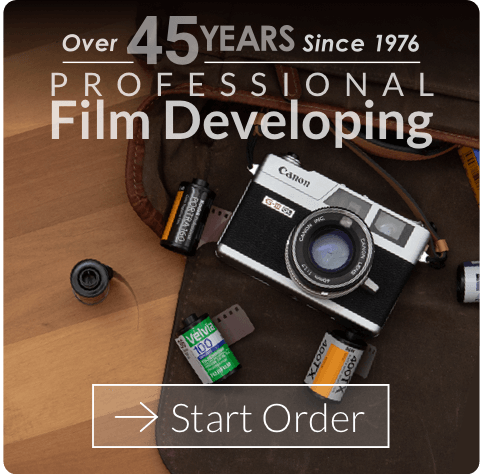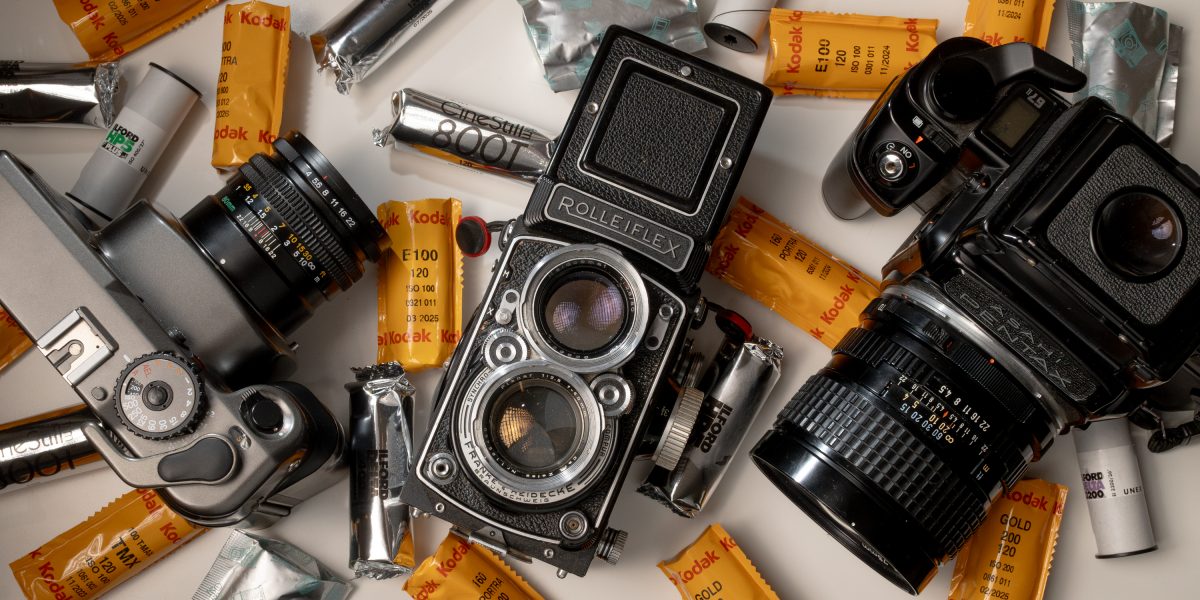
While 35mm film offers fantastic results, 120 film takes it to another level. The larger format delivers richer detail, better dynamic range, and a stunning depth that 35mm struggles to match. At The Darkroom, we love developing 120 film via the dip & dunk process, which keeps the film in optimal condition while producing sharp, vivid negatives. In this blog, we’ll explore the best medium format cameras in various categories, share images taken with each, and discuss why medium format is a must-try for any film photographer.
Why Choose Medium Format?
Before diving into the camera list, let’s talk about why 120 film is worth considering. The key difference lies in the size: the 120 format is significantly larger than 35mm, producing negatives that can be 2.5 to 6 times larger. This translates to higher resolution, better tonality, and more pronounced depth of field. Whether it’s portraits, landscapes, or studio shots, medium format brings an unparalleled level of quality that’s hard to beat.
Our Top Picks for Medium Format Cameras
Now, let’s break down our top choices for medium format cameras, each one tested and loved by our team. For each camera, we’ll include photos of the camera itself, as well as sample images we’ve shot with it. Let’s dive in!
Best Landscape Camera – Mamiya 7
The Mamiya 7 is renowned for its razor-sharp lenses and portability, making it an ideal choice for capturing vast landscapes. Its rangefinder design ensures precise focusing, works well with filters since you don’t view through the lens, and the 6×7 negative size provides stunning detail and clarity.
Why We Love It: With its bright viewfinder, auto aperture priority mode, and compact design, it’s very easy to use and handle. Best of all, the image quality is incredible!
Things to Consider: This 6×7 rangefinder does not meter through the lens, so you’ll need to compensate for filters. Additionally, it only produces 10 frames per roll of 120 film, something to keep in mind for longer shoots. Finally, this camera is far from affordable, costing $2,000 or more for the body alone, which is why we’ve included more budget-friendly options.
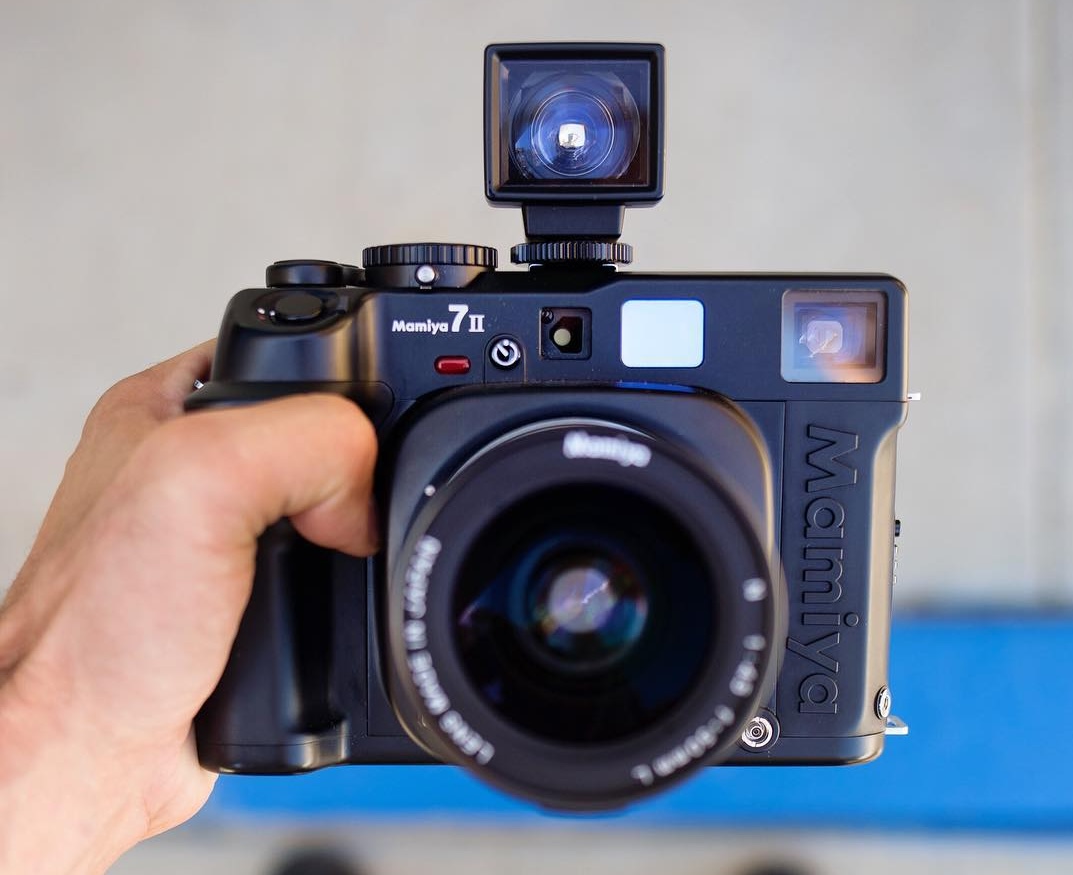
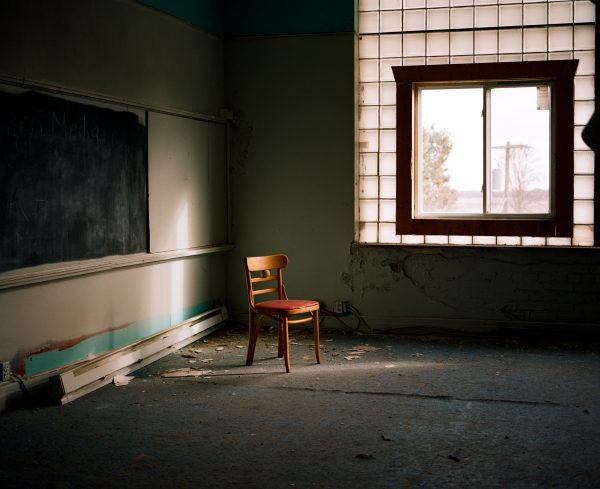
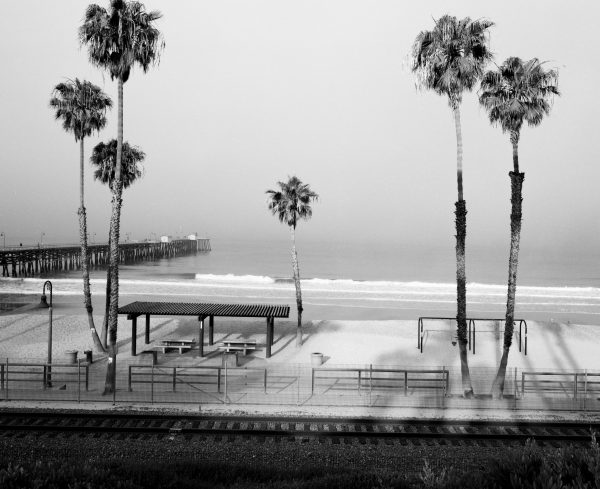
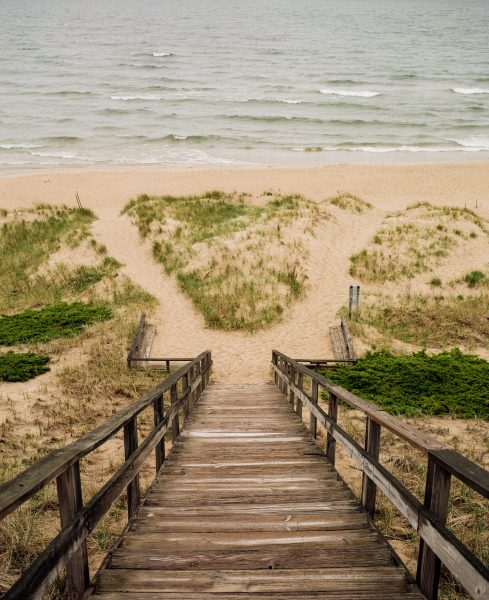
Best Studio Camera – Hasselblad 500CM
When it comes to studio work, the Hasselblad 500CM is legendary. Its waist-level finder and leaf shutter offer precise control, while its interchangeable lenses make it versatile for various lighting setups.
Why We Love It: The leaf shutter allows flash sync at any speed, and its fully mechanical design makes it highly reliable, as it doesn’t require a battery. The modular build is a dream for studio photographers, offering a wide selection of lenses, viewfinders, and film backs, allowing for easy switching between different film stocks.
Things to Consider: This fully mechanical camera is also entirely manual, which, combined with the waist-level finder that flips the image, can be intimidating for beginners. Additionally, it produces 12 square (6×6) images per 120 roll, so if square framing isn’t your style, you might want to explore other options in this blog.
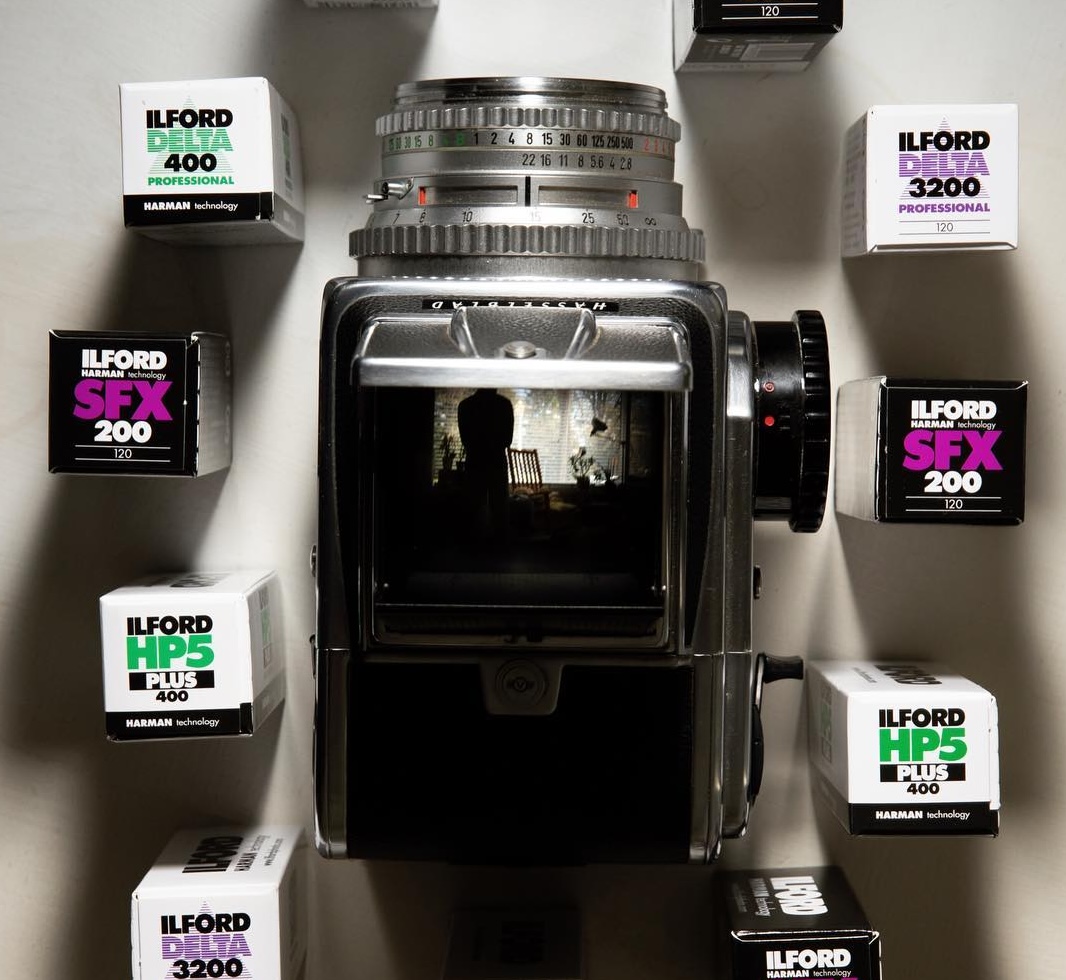
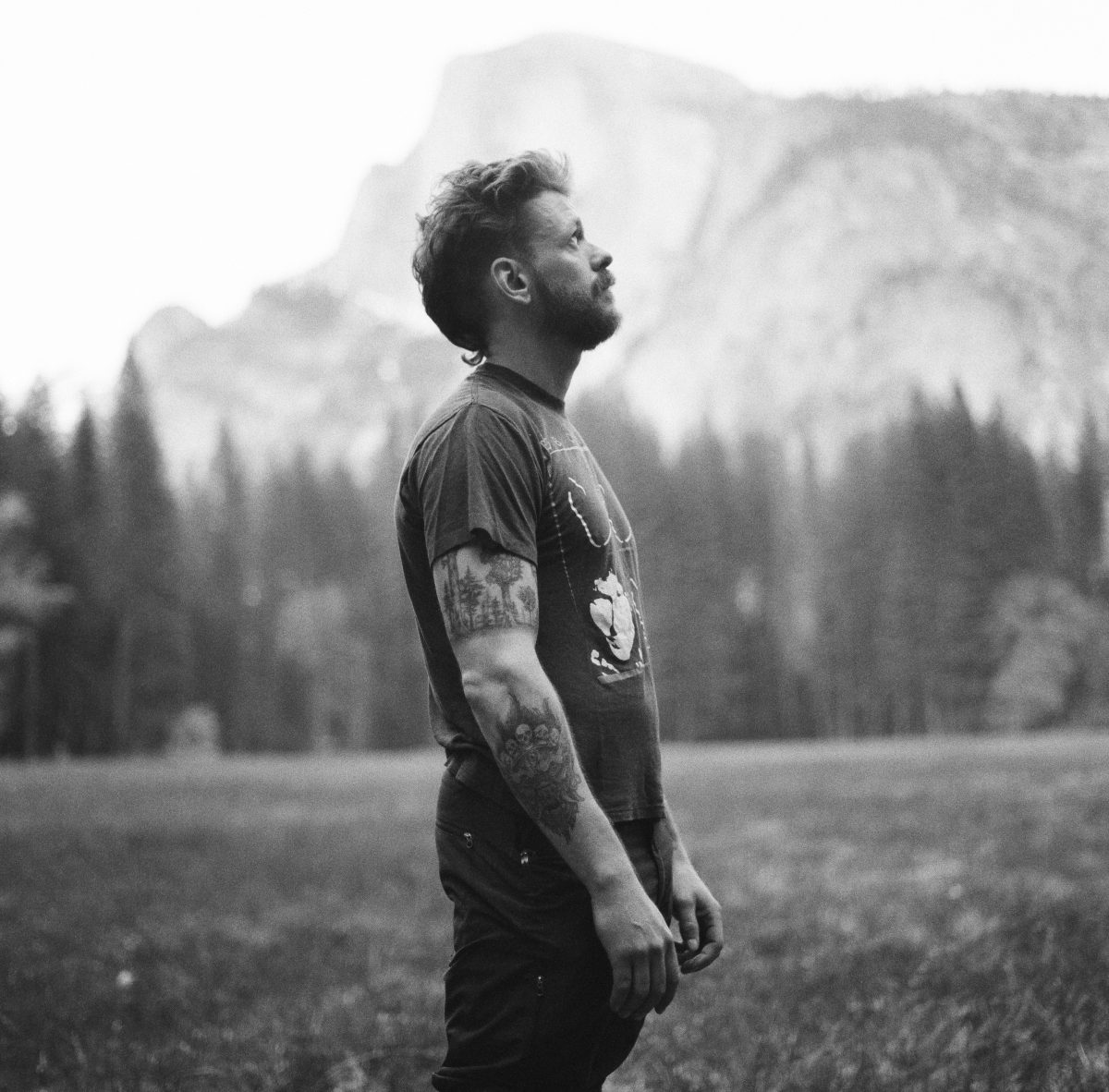
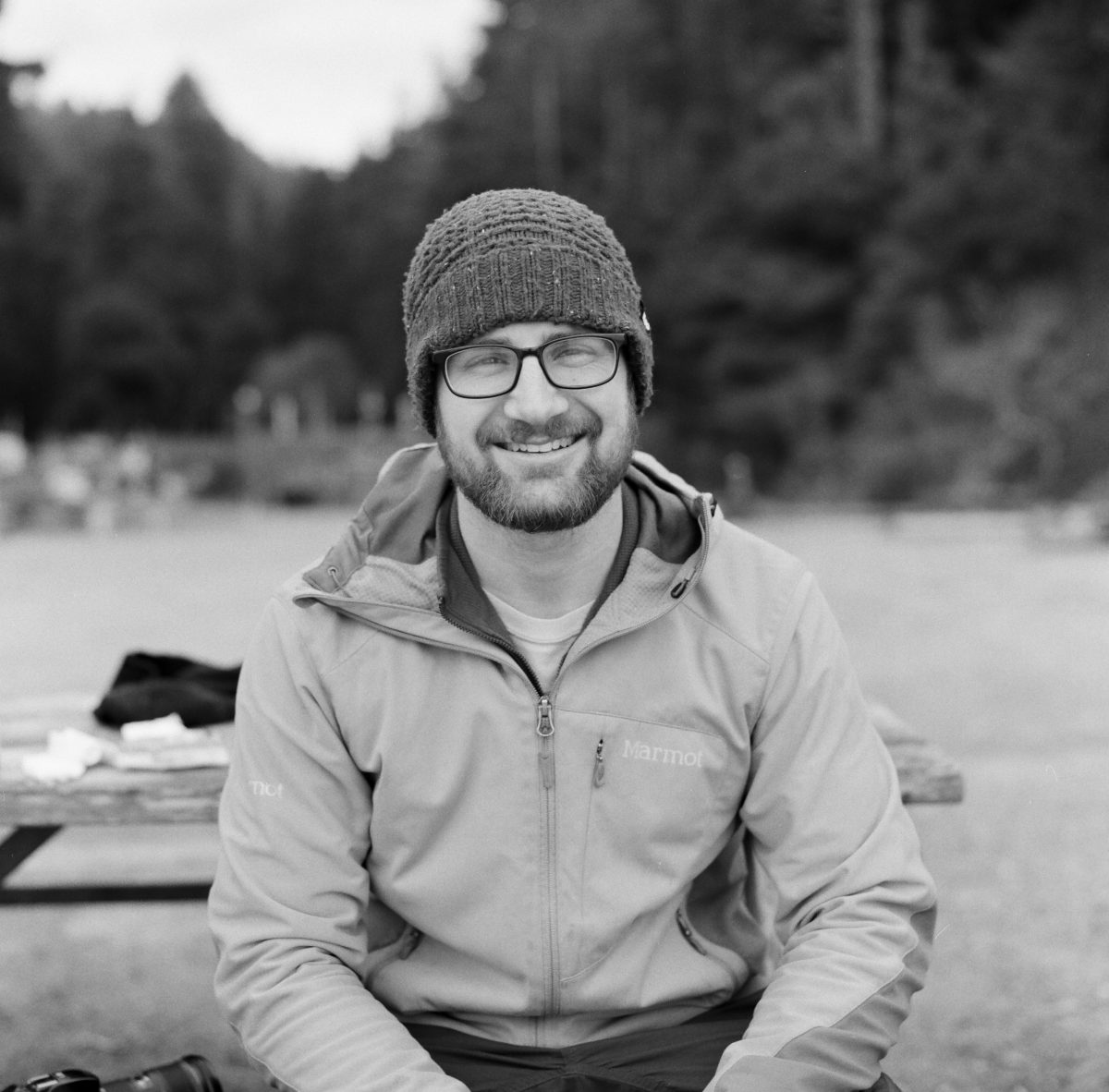
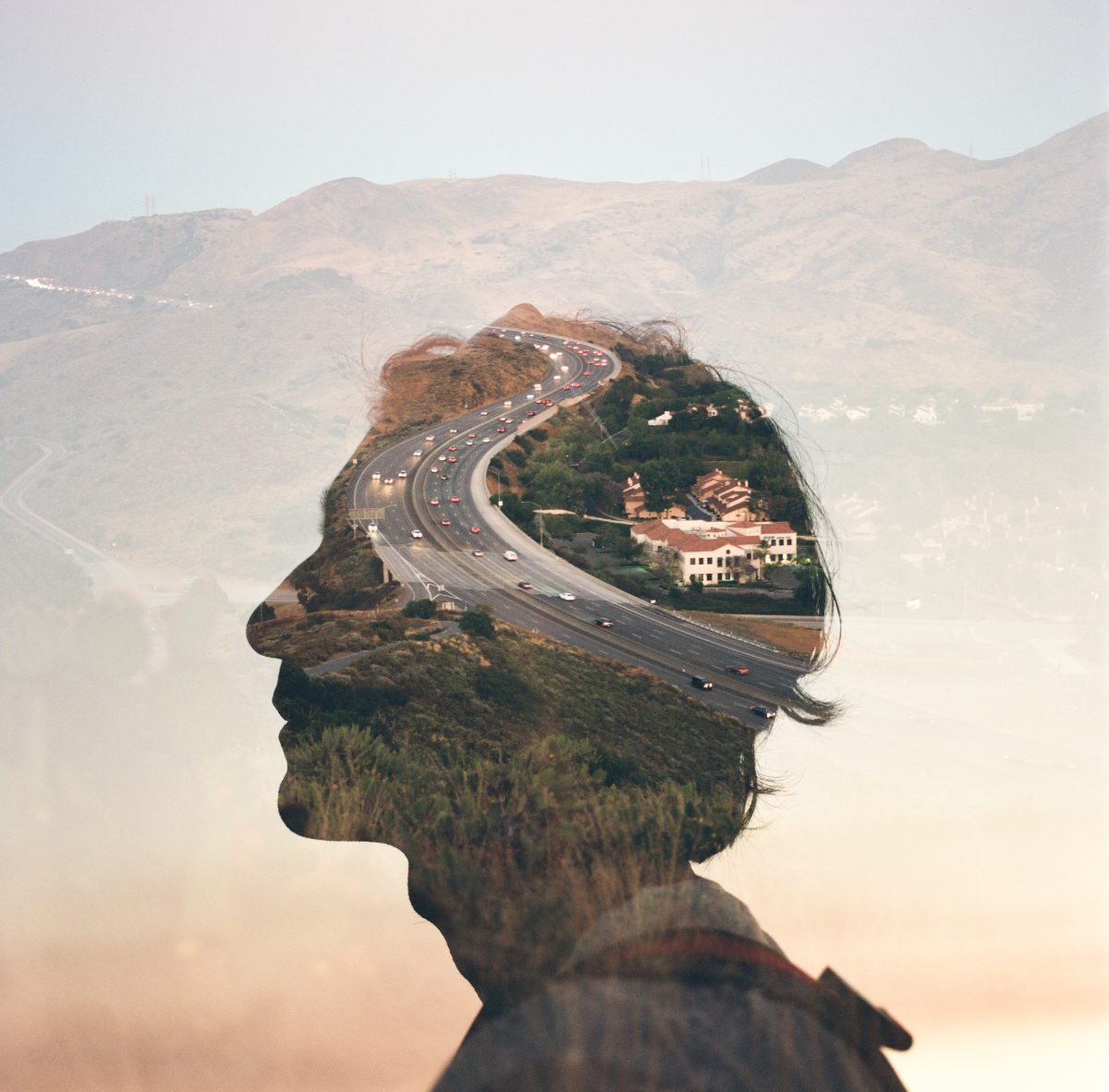
Best Beginner Camera – Mamiya 645
The Mamiya 645 is a modular SLR and a fantastic entry point into medium format photography. It’s easy to handle, offers a wide range of lenses, and is budget-friendly compared to other medium format options.
Why We Love It: The 6×4.5 format is the smallest in medium format, allowing for the most frames per 120 roll—15 in total! Despite its smaller size, it’s still much larger than 35mm and delivers quality comparable to larger medium formats.
Things to Consider: Mamiya 645 offers a range of models, from manual to autofocus, with prices that vary accordingly. Our top recommendations are the 1000S and 645 Pro, but honestly, it’s hard to go wrong with any of them!
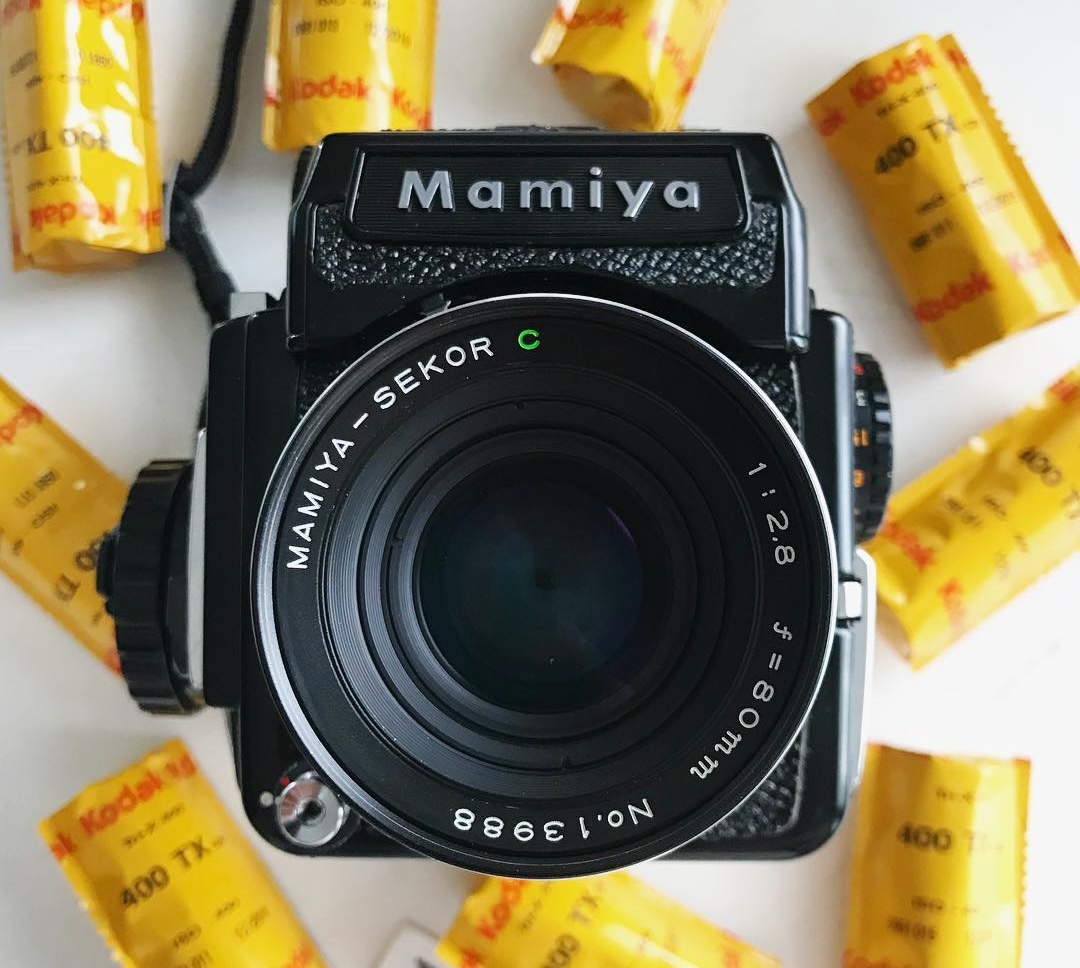
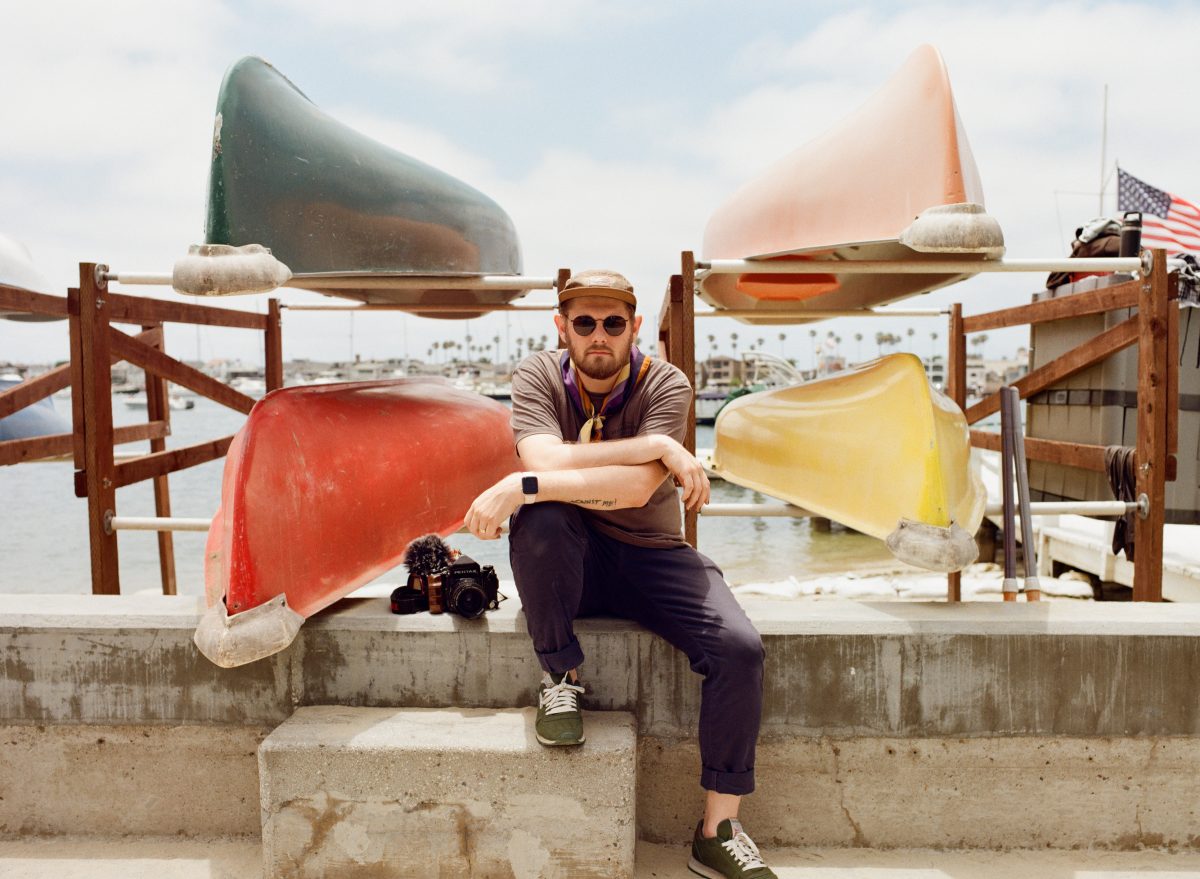
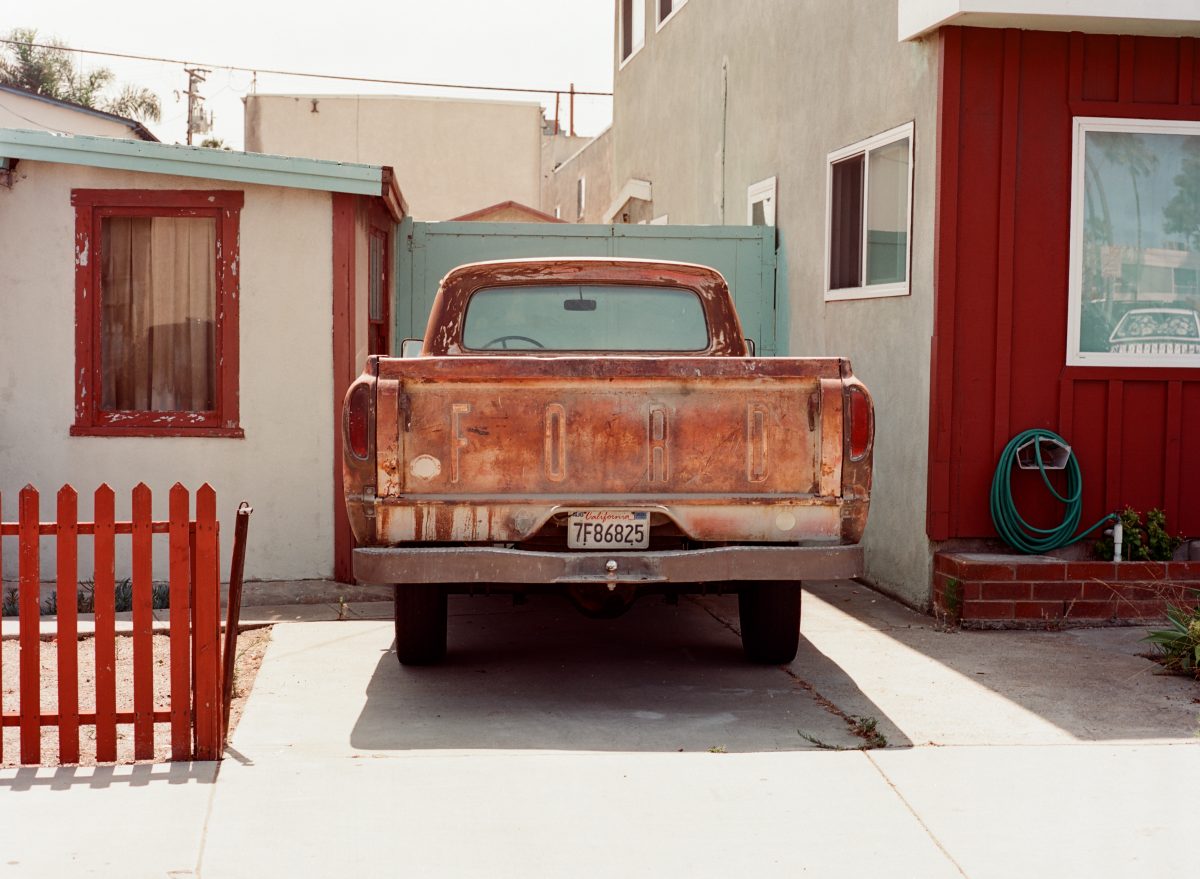
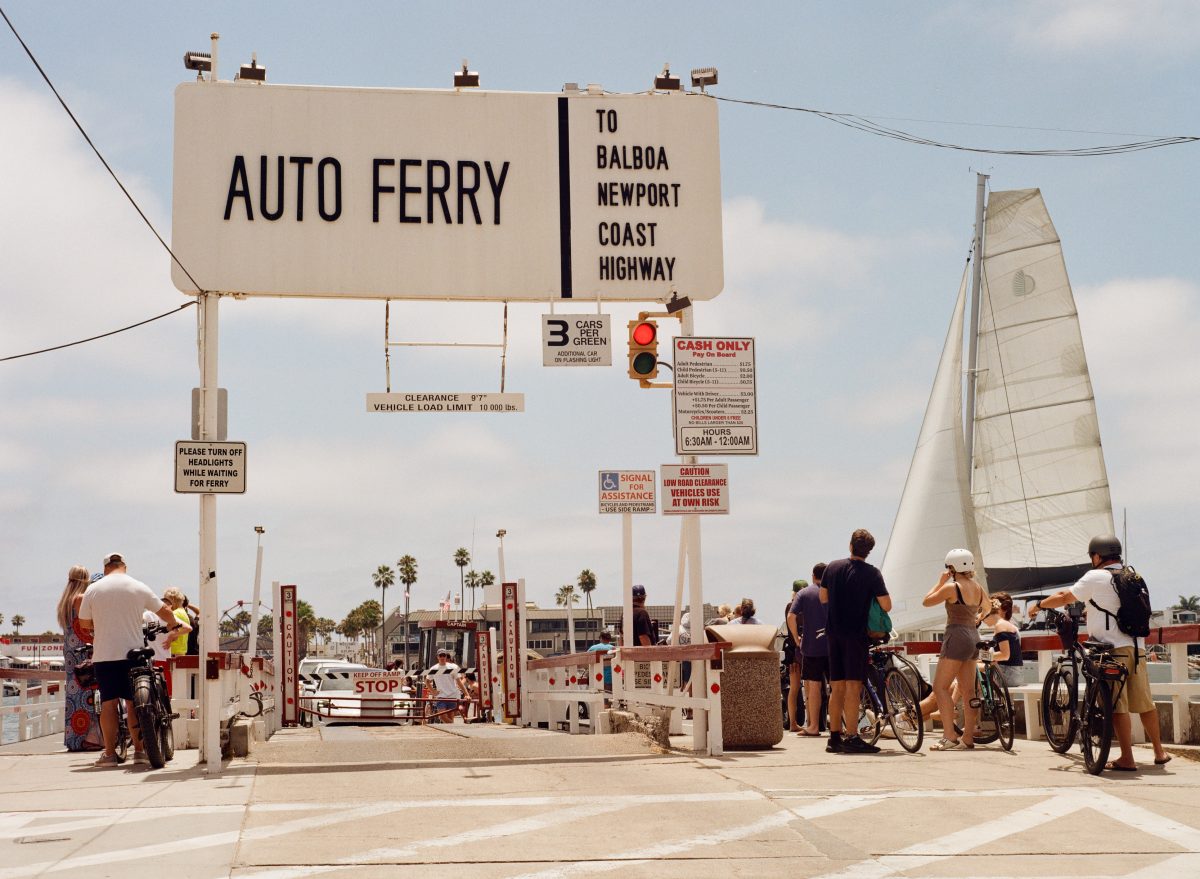
Best Point & Shoot – FujiFilm GA645Zi
If you’re looking for medium format convenience with point-and-shoot simplicity, the Fujifilm GA645Zi is the perfect choice. It’s fully automatic with exposure compensation, a built-in flash, and a sharp autofocus zoom lens.
Why We Love It: The GA645Zi is ideal for street and travel photography, offering the ease of a point-and-shoot with the quality of medium format. Its 6×4.5 format (depending on the model) produces 15–16 frames per roll, giving you more shots per roll.
Things to Consider: As a fully electronic autofocus camera, it can occasionally miss focus, and its vertical viewfinder differs from the more common horizontal orientation, which may take some getting used to.
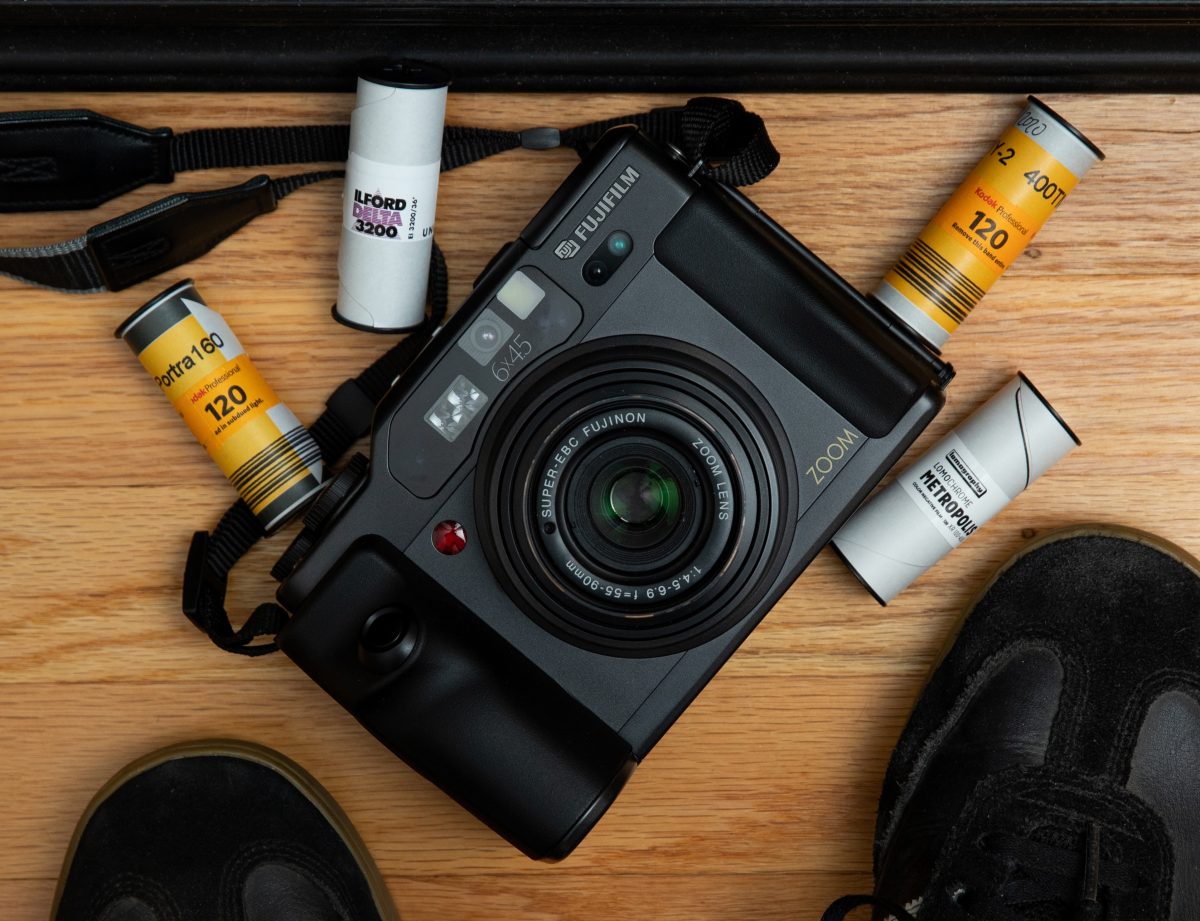
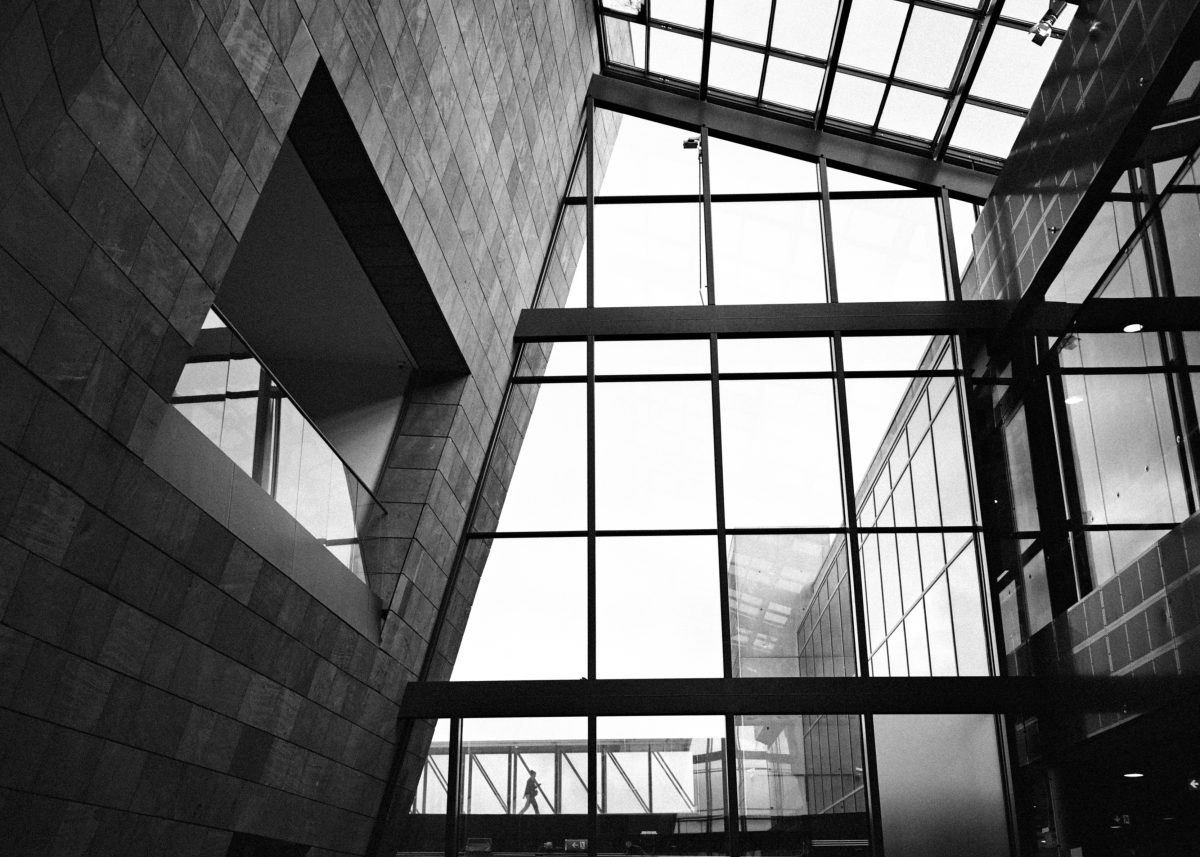
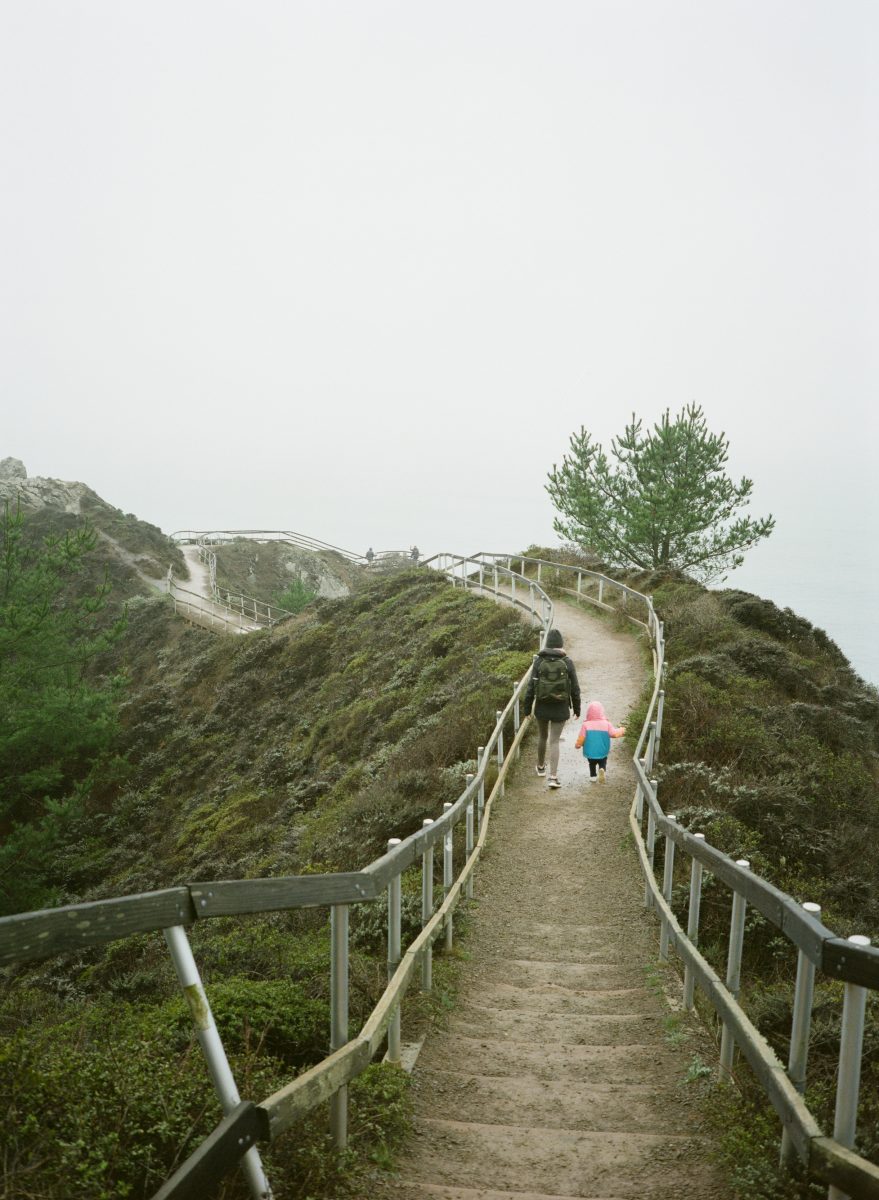
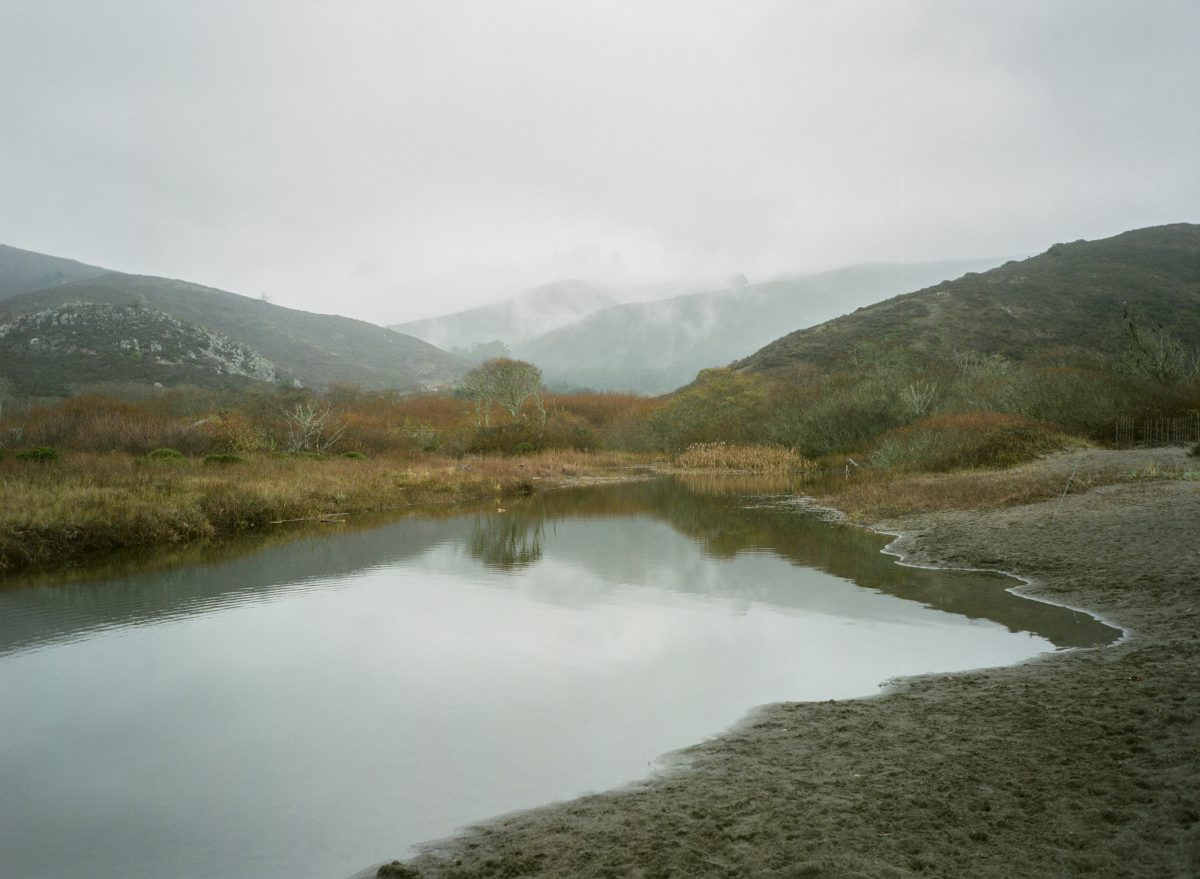
Best Travel Camera – FujiFilm GF670
Lightweight, foldable, and featuring a tack-sharp 80mm lens, the Fujifilm GF670 is an ideal choice for travel photographers. Its 6×7 format captures negatives with exceptional detail, perfect for documenting diverse scenes.
Why We Love It: The GF670 combines portability and quality—an unbeatable pair for capturing beautiful scenes on the go.
Things to Consider: As a folding camera, the GF670 has bellows that are delicate and can be prone to damage or light leaks, so it requires careful handling. Additionally, the camera has a fixed 80mm lens (equivalent to about 40mm in 35mm format), so you’ll need to be comfortable with that focal length. Finally, this impressive camera doesn’t come cheap, often costing $2,500 or more.
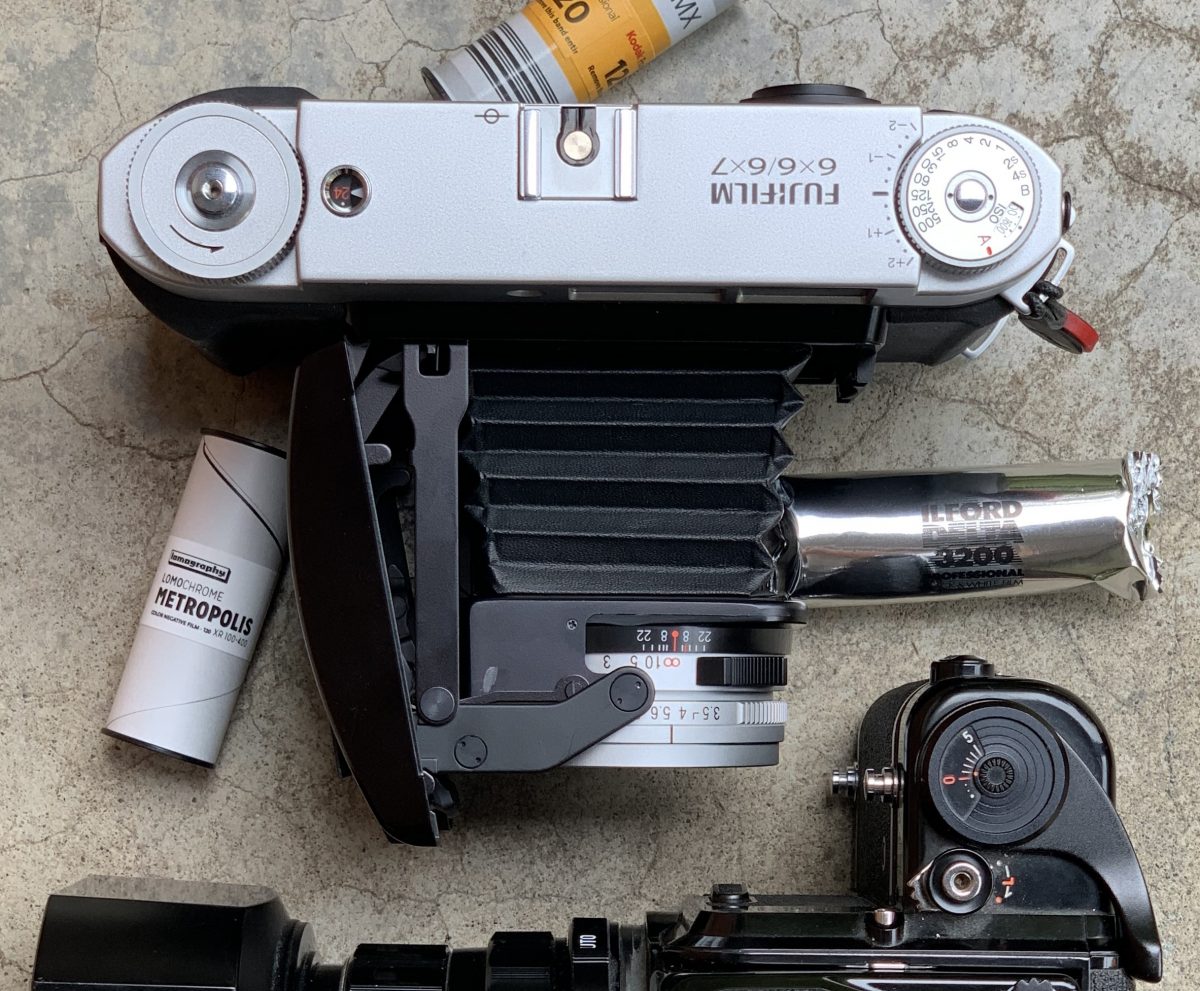
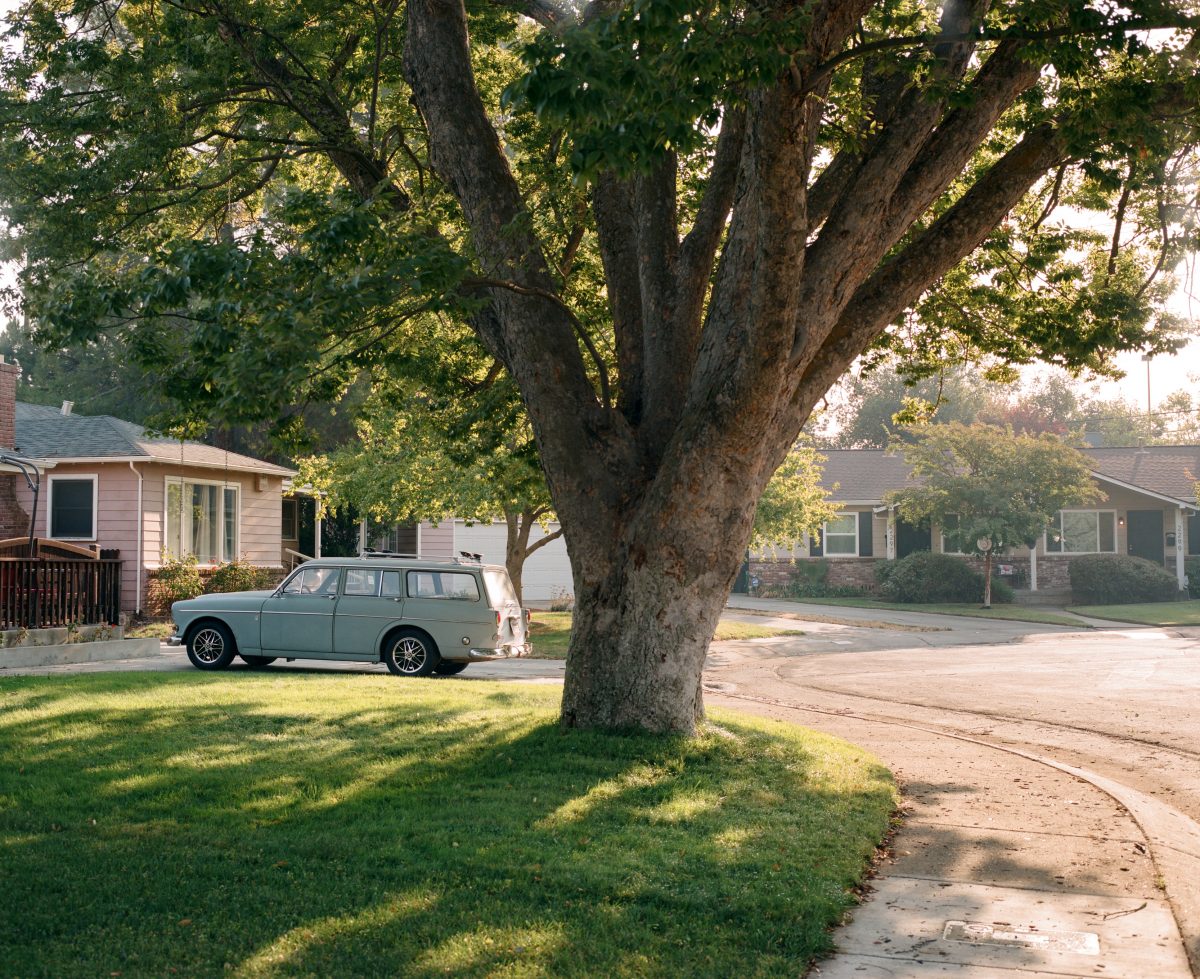
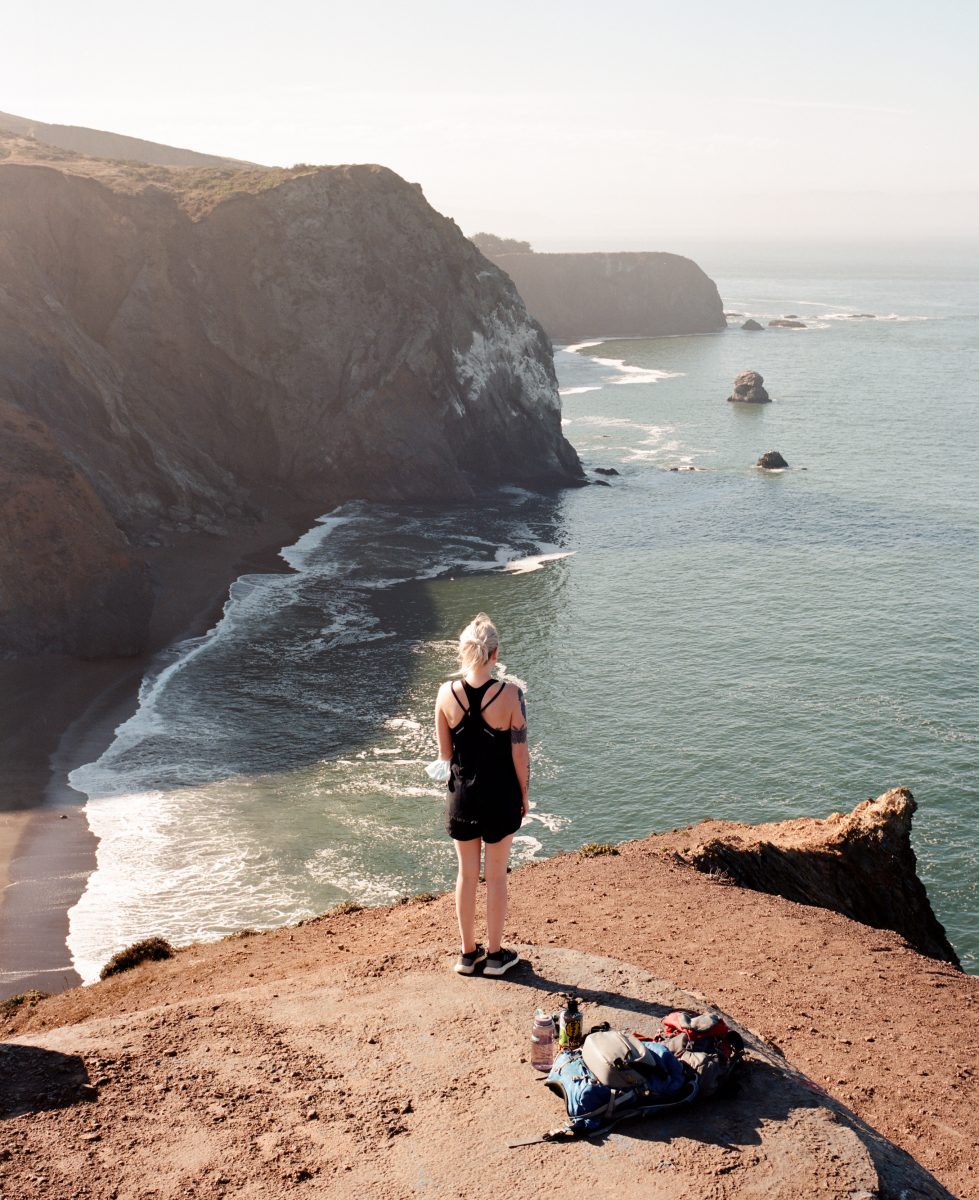
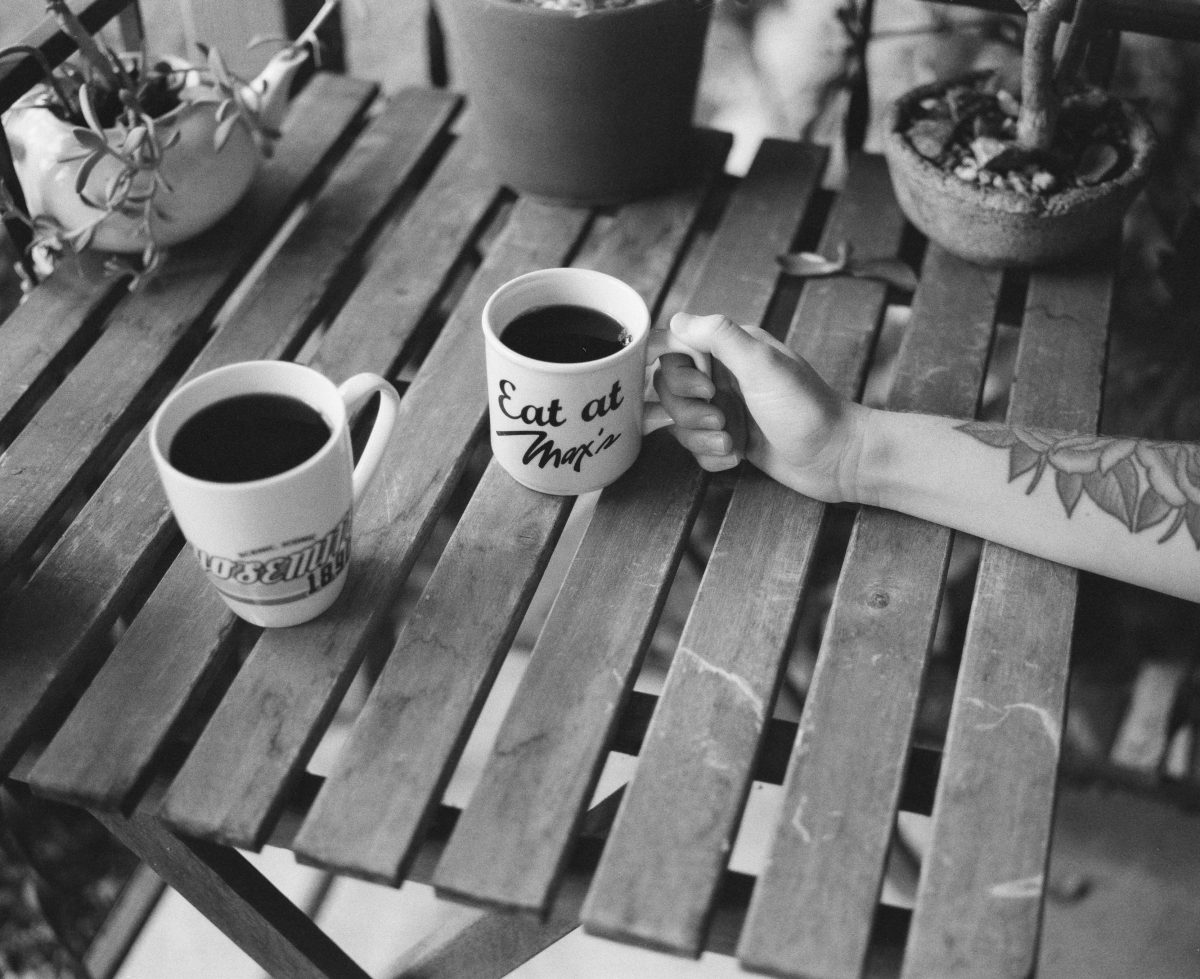
Best Street Camera – Rolleiflex 2.8
The Rolleiflex 2.8 is a street photography legend. Its quiet operation, stealthy waist-level finder, and exceptional lens quality make it perfect for candid captures.
Why We Love It: This mechanical TLR is discreet and intuitive, allowing for quick shooting in urban settings. With its leaf shutter, it’s capable of sharp handheld shots even at slower speeds, such as 1/15th of a second.
Things to Consider: As a Twin Lens Reflex (TLR) camera, it has a waist-level finder that flips the image, which can take some getting used to. It’s fully manual, and its 6×6 format produces 12 square images per 120 roll. If the 2.8 version is beyond your budget, consider the 3.5 version, which is more compact and still delivers excellent performance.
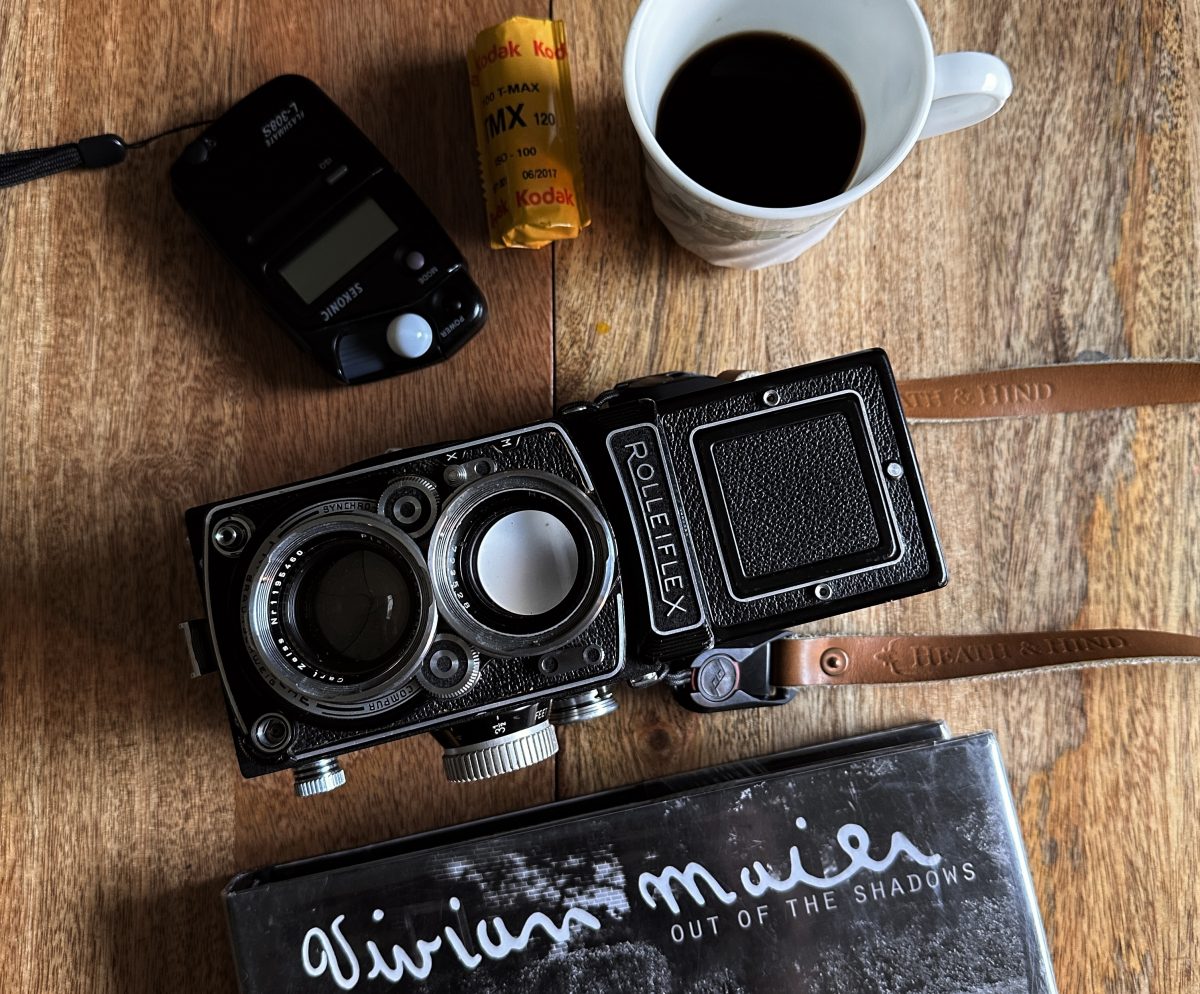
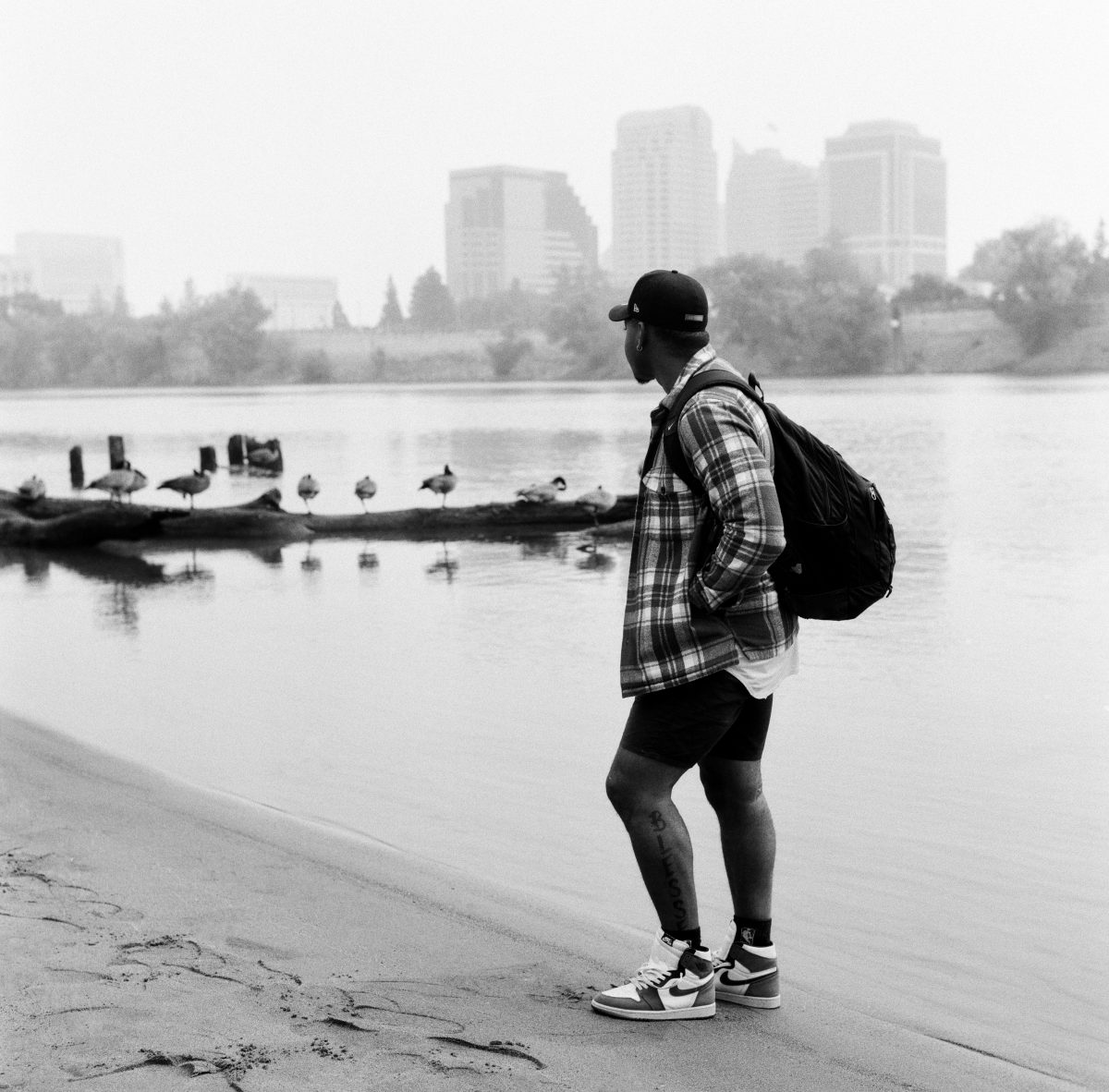
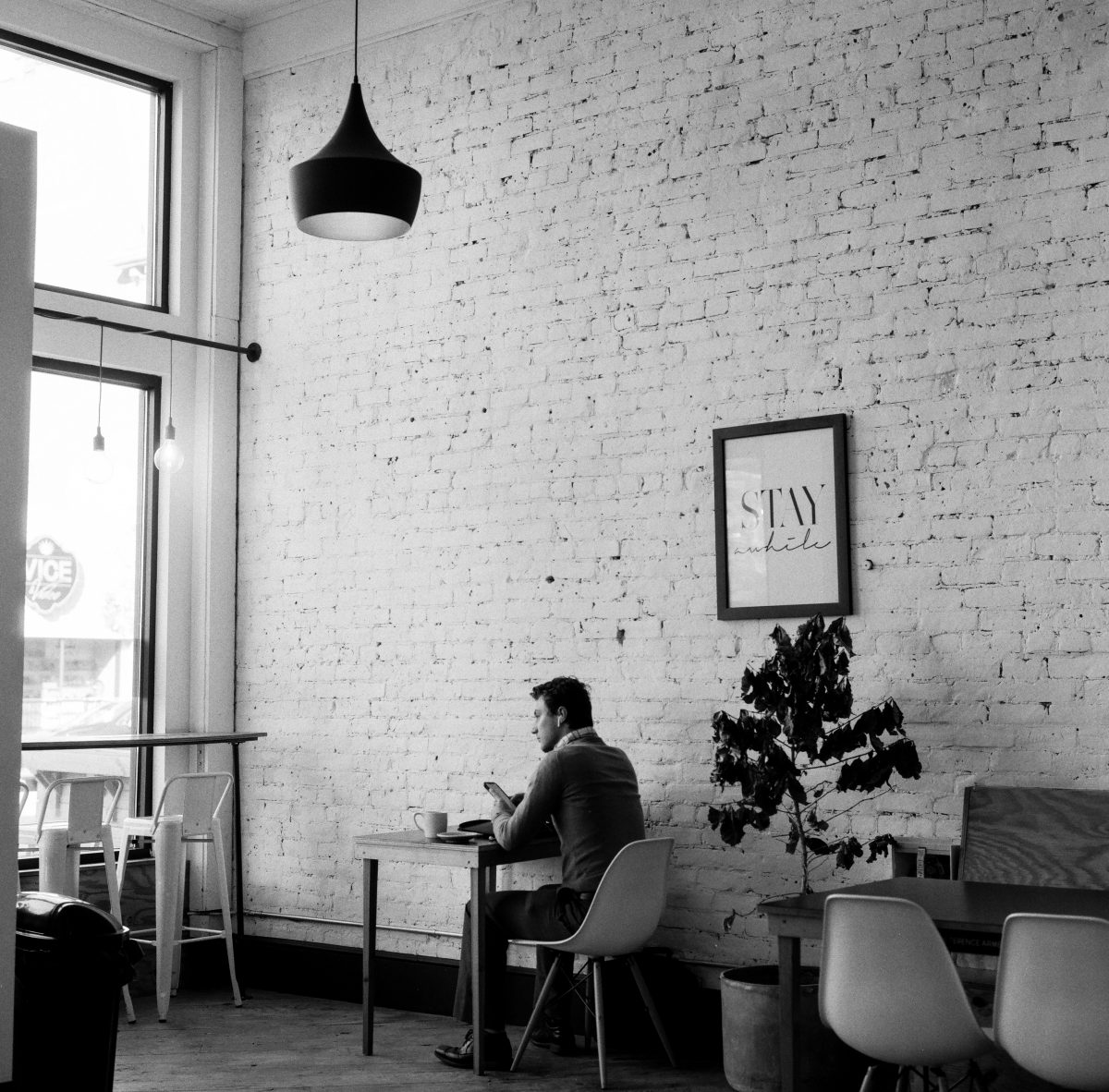
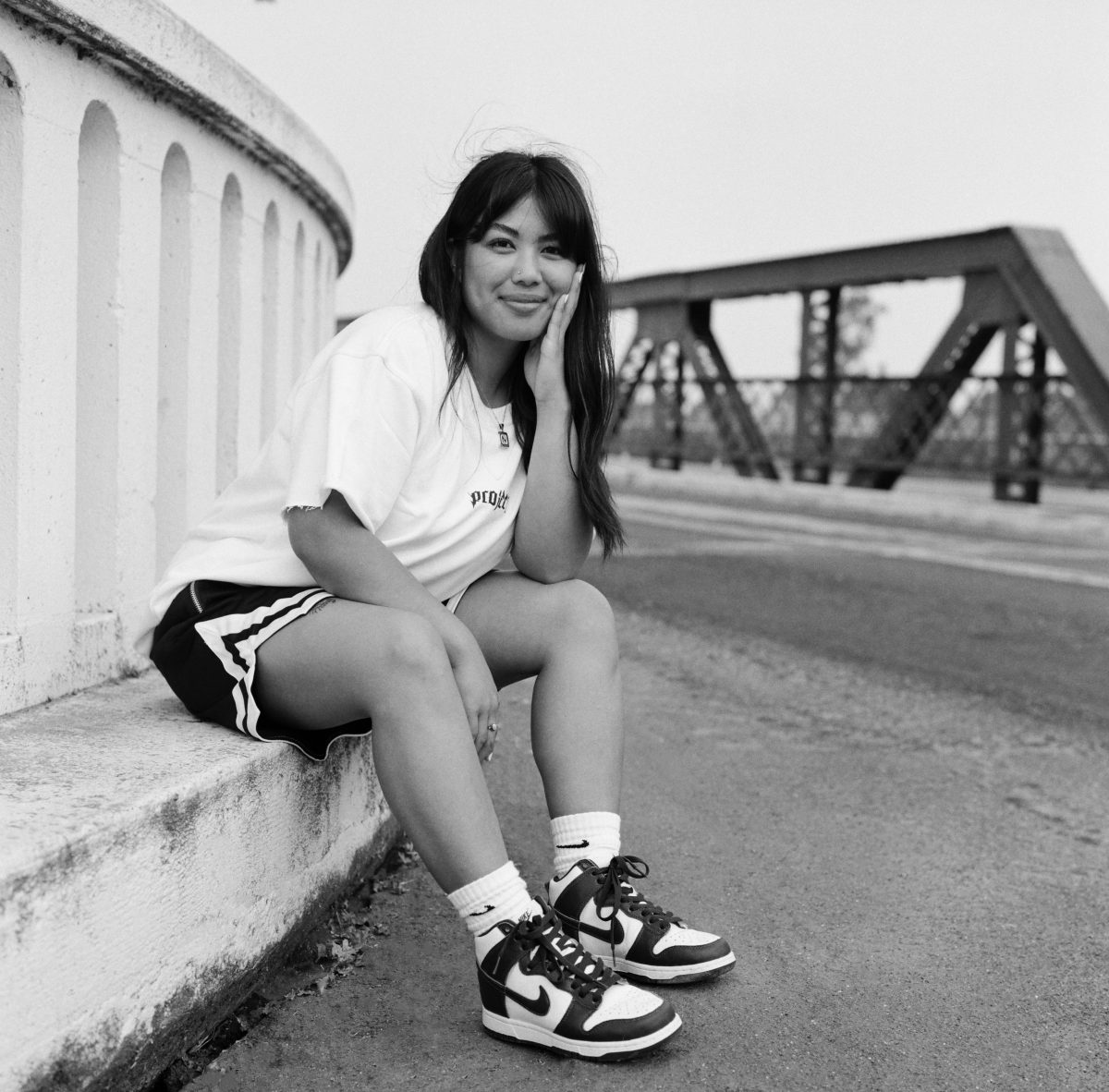
Best Bargain – Yashica TLR
If you’re looking for a medium format bargain, the Yashica TLR series is a fantastic choice. With models ranging from the Yashica A to the MAT series, these cameras deliver impressive results at a fraction of the cost.
Why We Love It: Yashica TLRs can be found for anywhere from around $500 to as low as $100 or less, while still delivering excellent image quality. They’re also compact, making them perfect for travel and on-the-go photography.
Things to Consider: These fully manual Twin Lens Reflex cameras produce a 6×6 square image and are quite simple, with limited features and mechanical shutters often maxing out below 1/500s. Some MAT models include light meters, though these often no longer function; however, the camera can still be used manually without issue.

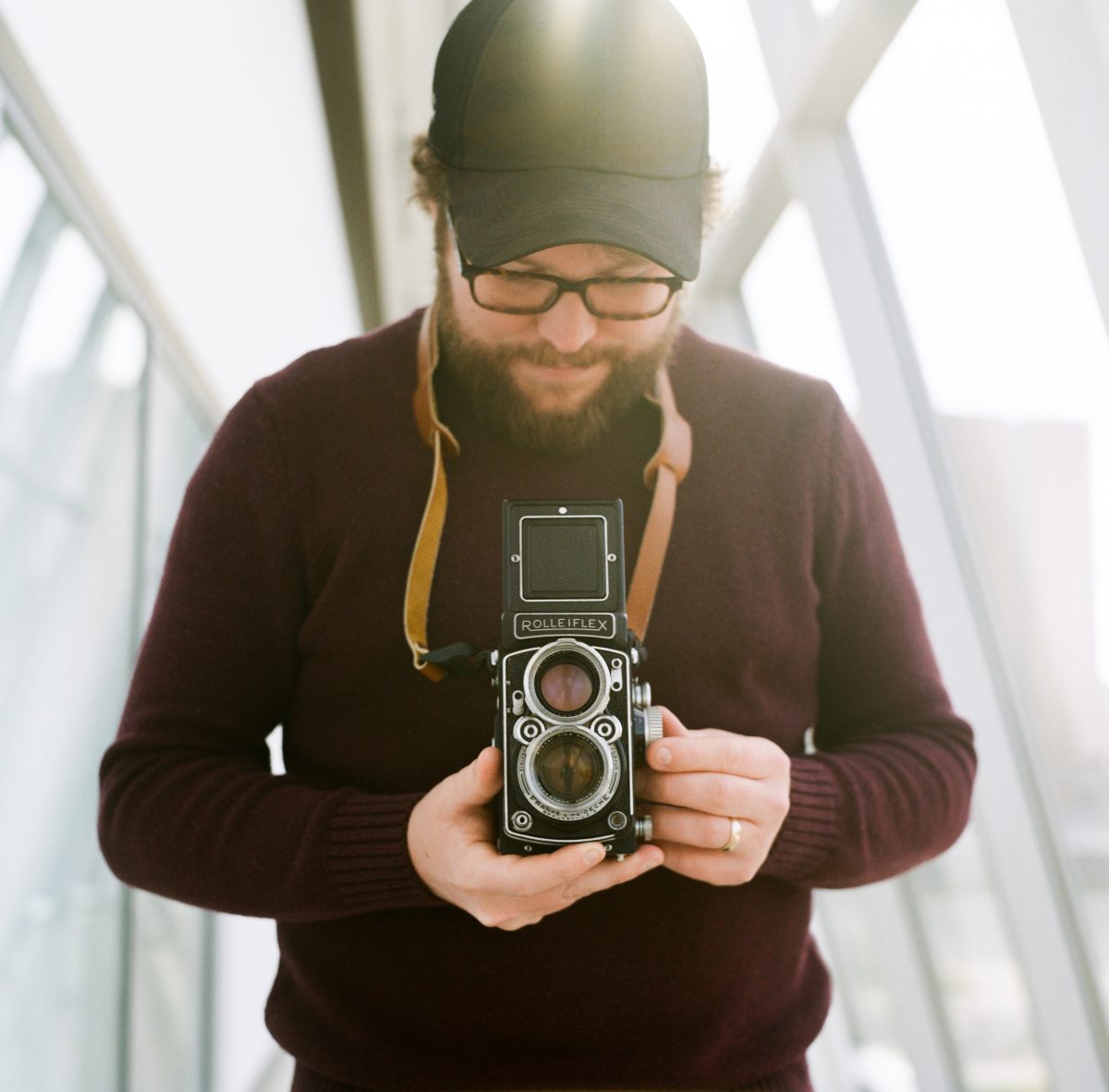
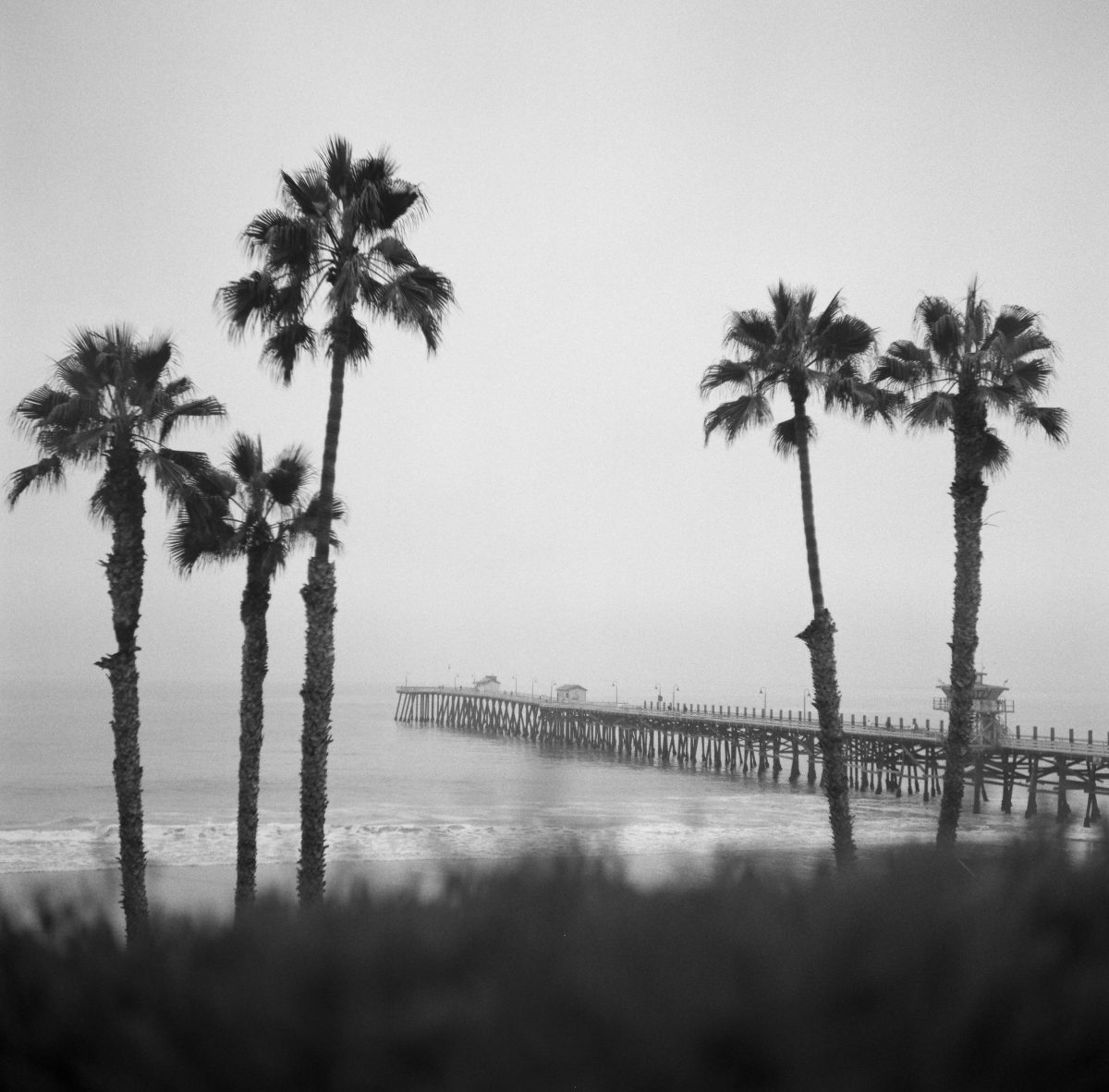
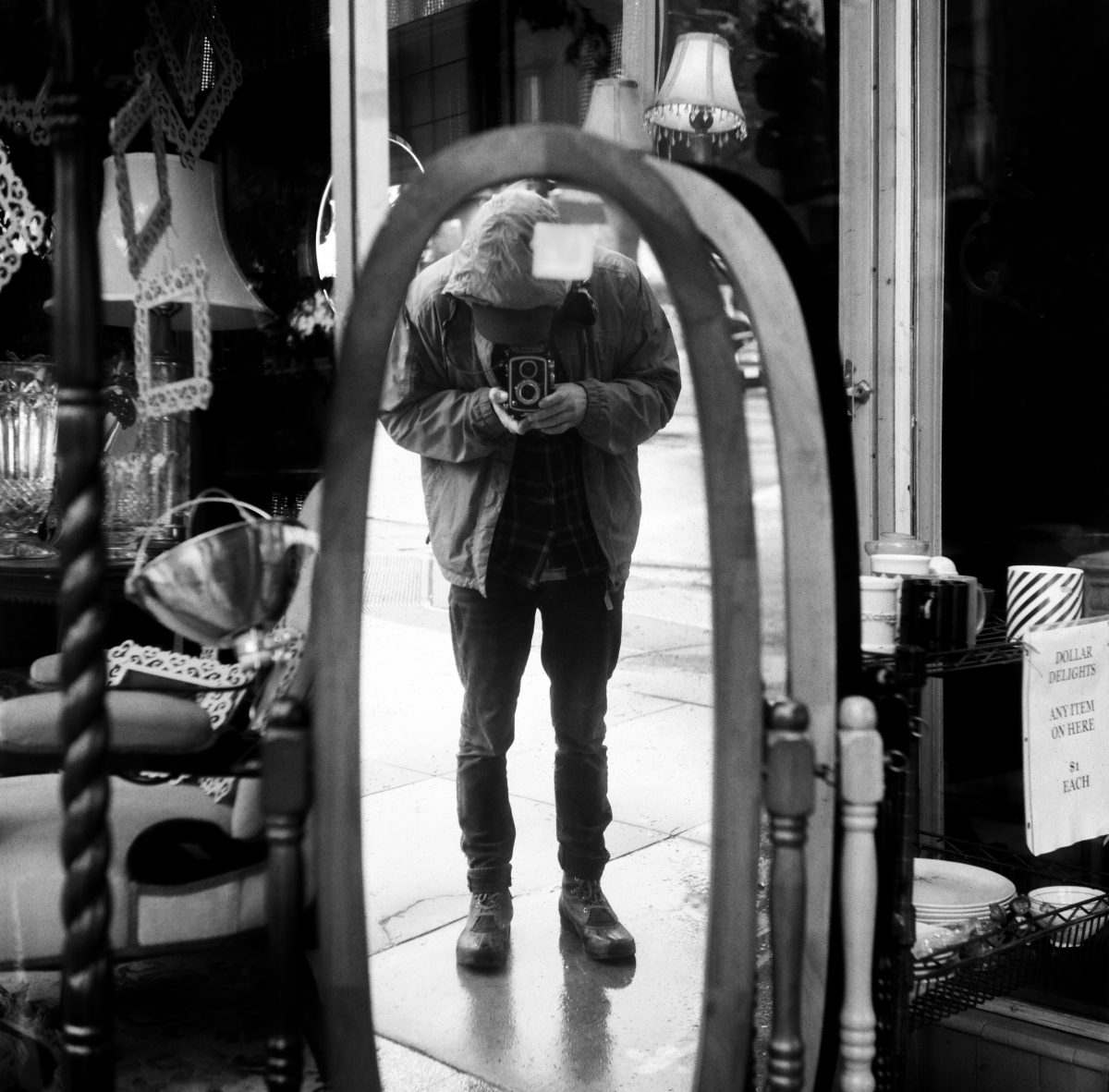
Most Underrated – FujiFilm GSW690III
Often dubbed the “Texas Leica,” this fully mechanical rangefinder with a fixed 90mm f/3.5 lens produces stunning 6×9 images, making it a top choice for landscapes, cityscapes, and street photography.
Why We Love It: It’s simple, mechanical, and creates massive negatives that rival large-format quality.
Things to Consider: This camera is fully manual and has no built-in meter, so using an external light meter is recommended. Additionally, it has a fixed 90mm lens, which is roughly equivalent to 40mm in 35mm format, and cannot be swapped out.
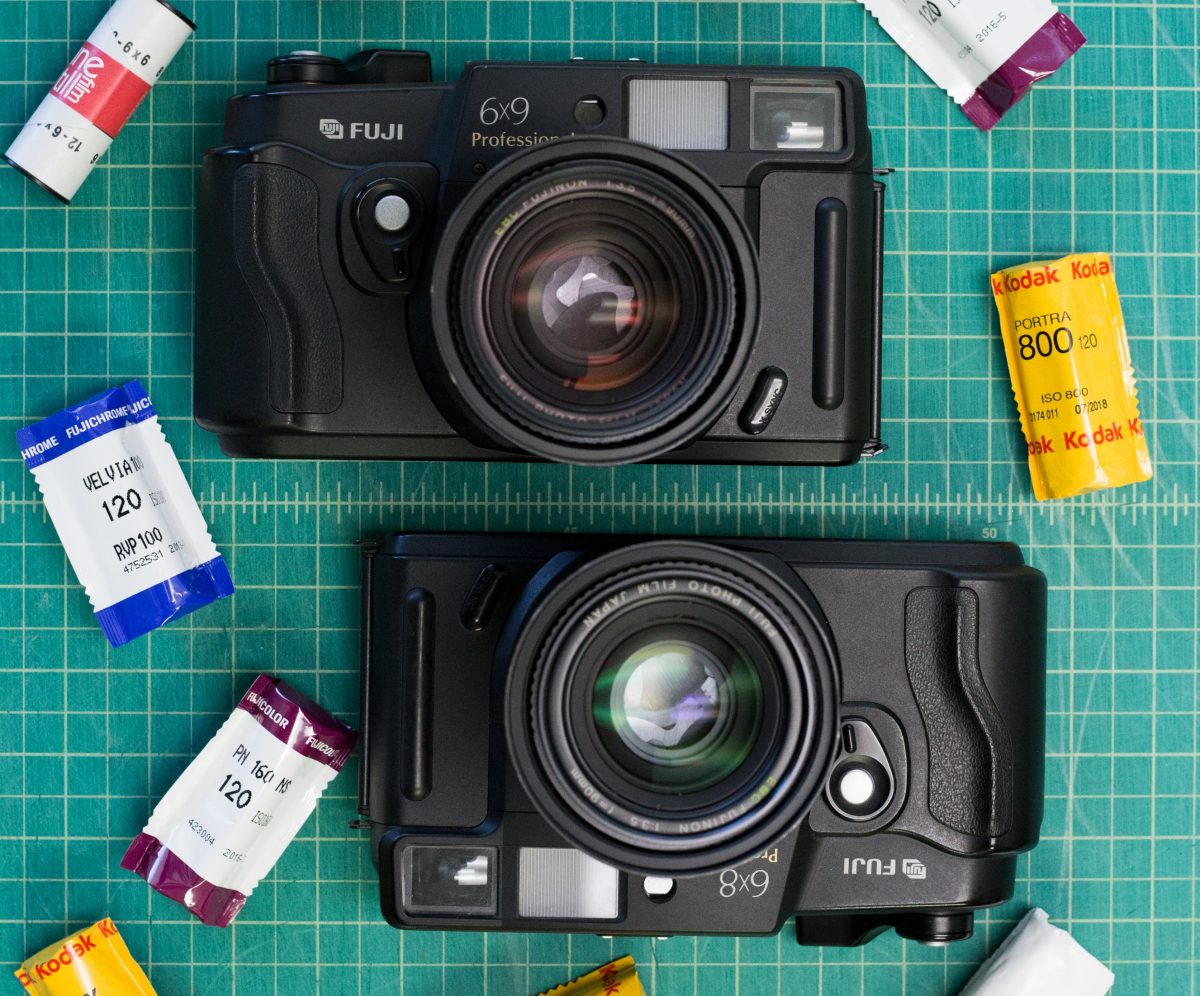
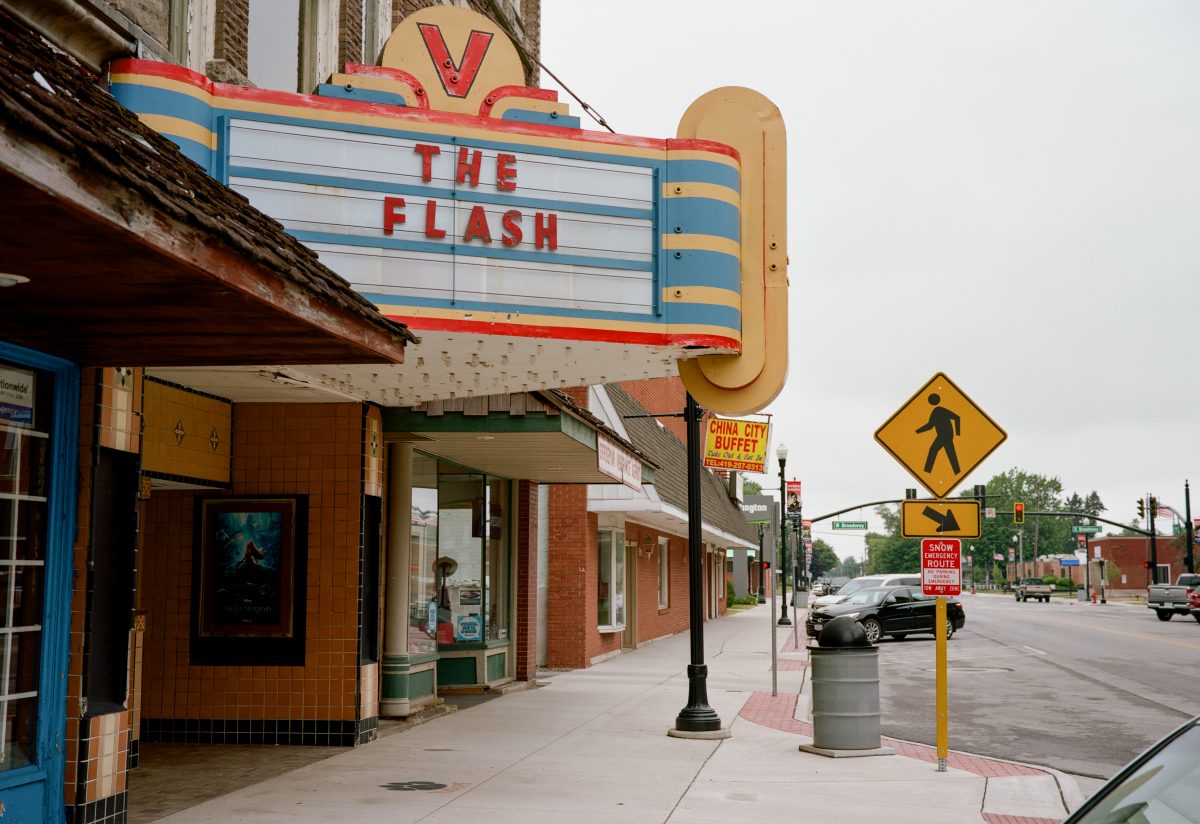
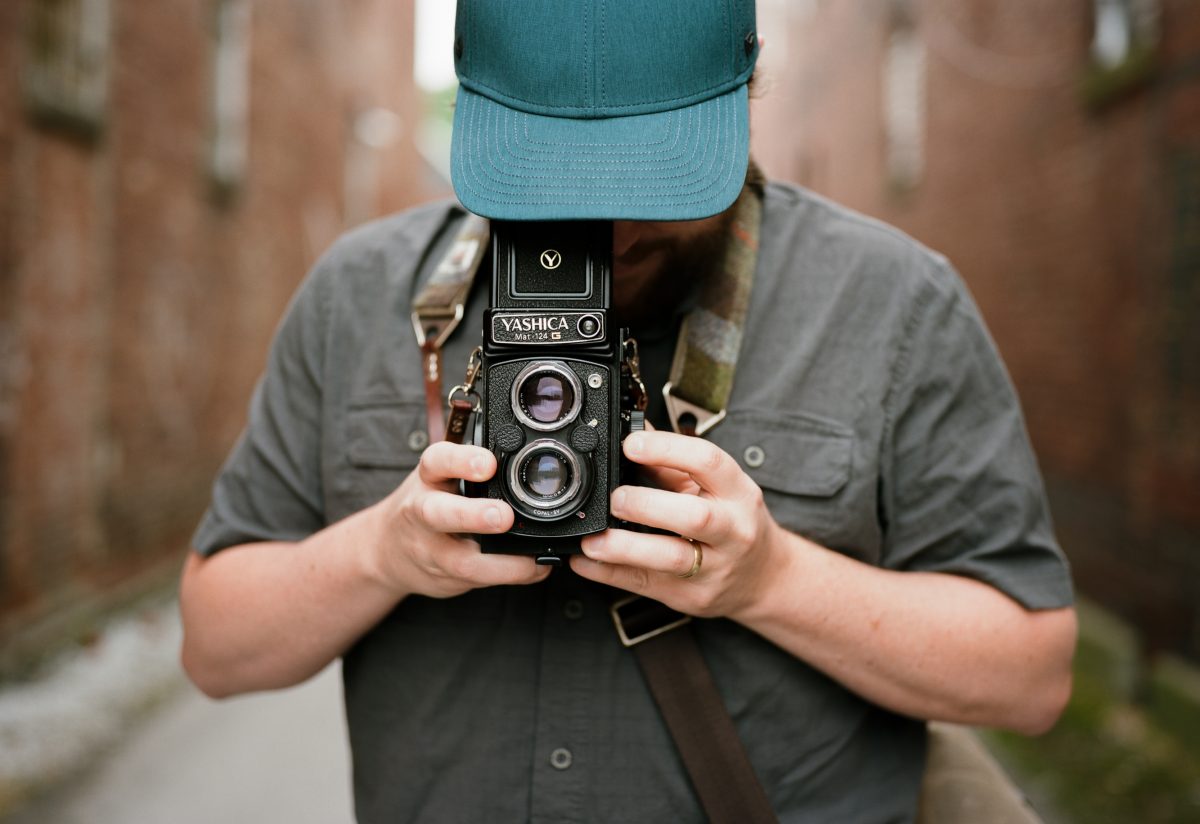
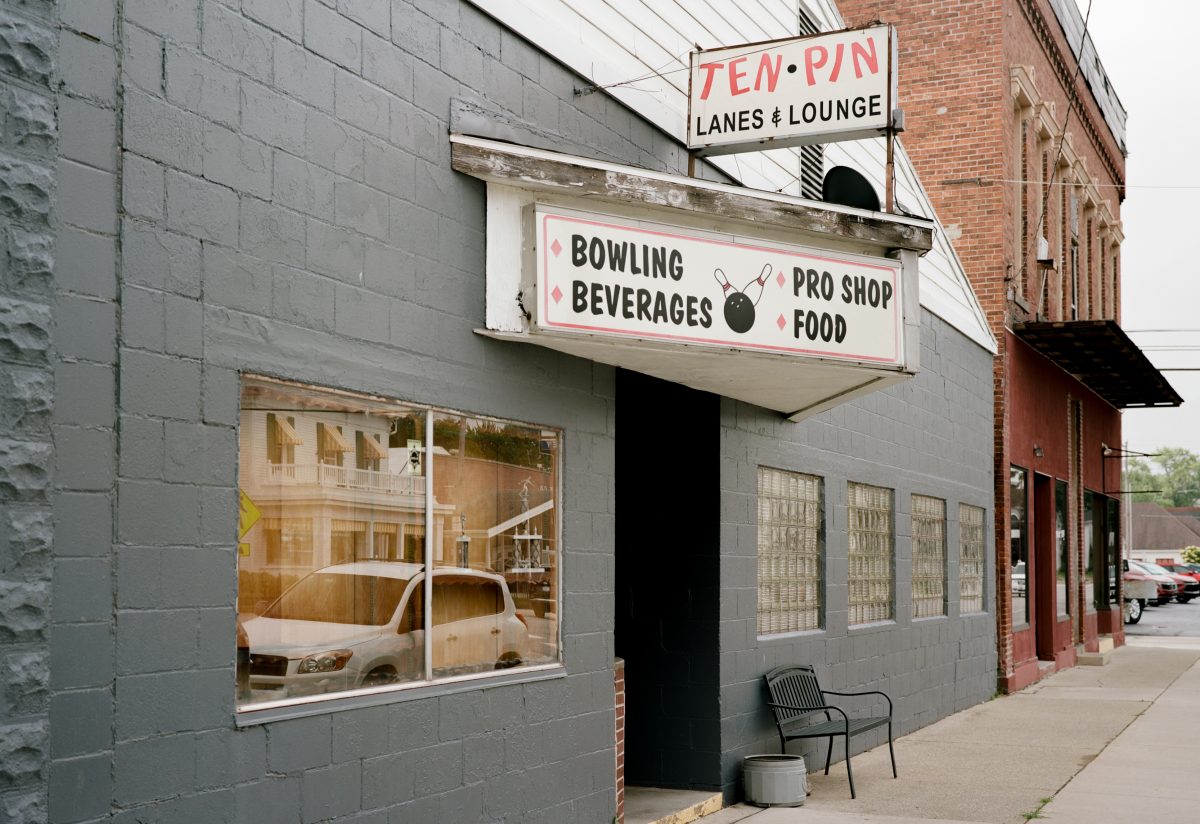
Best Portrait Camera – Pentax 67
The Pentax 67 is a 6×7 SLR, and when paired with the legendary 105mm f/2.4 lens, it’s our top choice for portrait work, offering beautiful depth of field and dreamy bokeh. The 105mm lens provides a 50mm equivalent in 35mm terms, but the system also boasts a wide range of other lenses.
Why We Love It: For portraiture, it’s hard to beat an SLR, as you’re looking directly through the lens. The Pentax 67 offers a large, bright viewfinder that’s perfect for precise compositions.
Things to Consider: This camera has a loud and heavy shutter slap, making it less discreet and prone to camera shake. It’s best to keep the shutter speed at 1/60 or higher when shooting handheld. While the Pentax 67 II is pricey, the earlier version is more affordable, and all lenses and viewfinders are compatible!
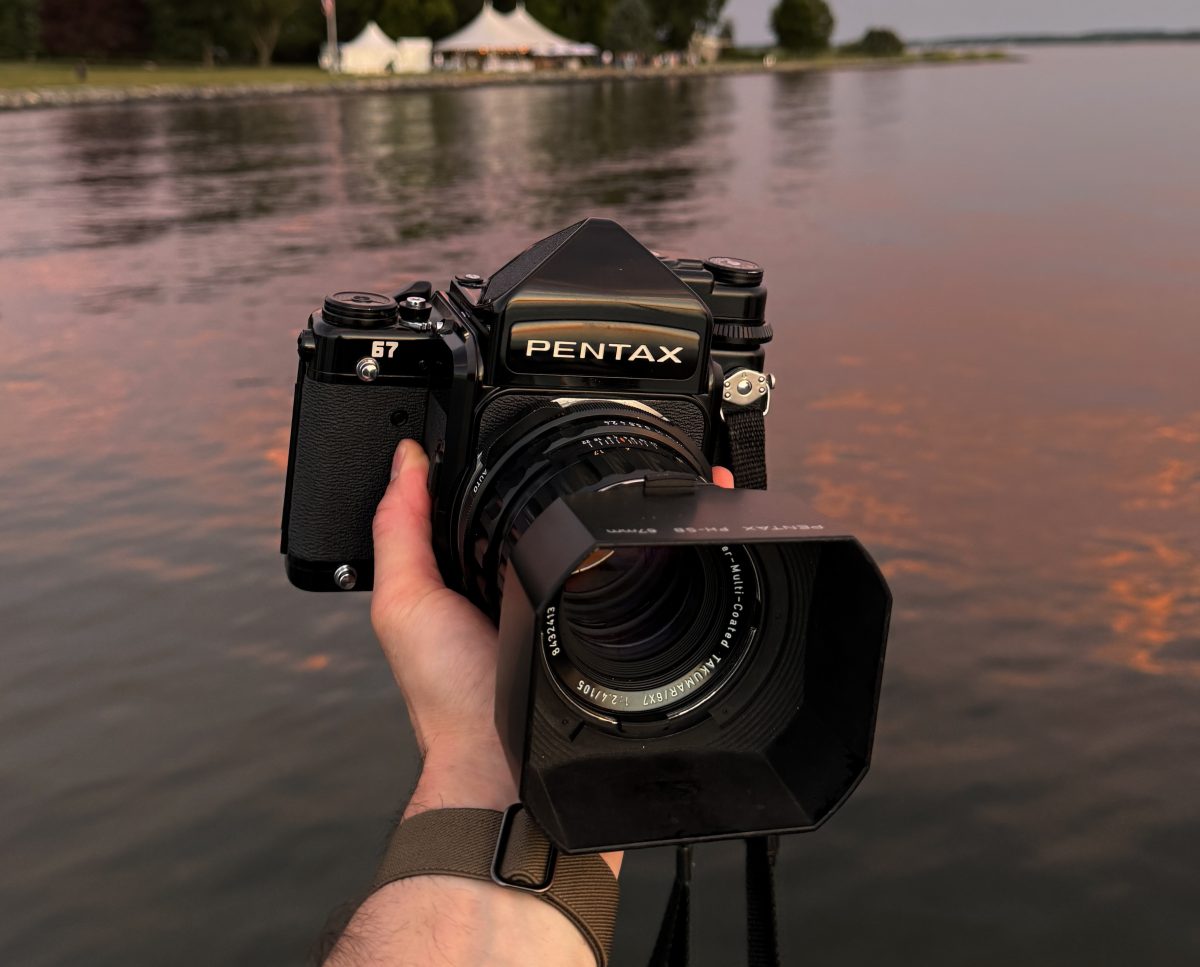
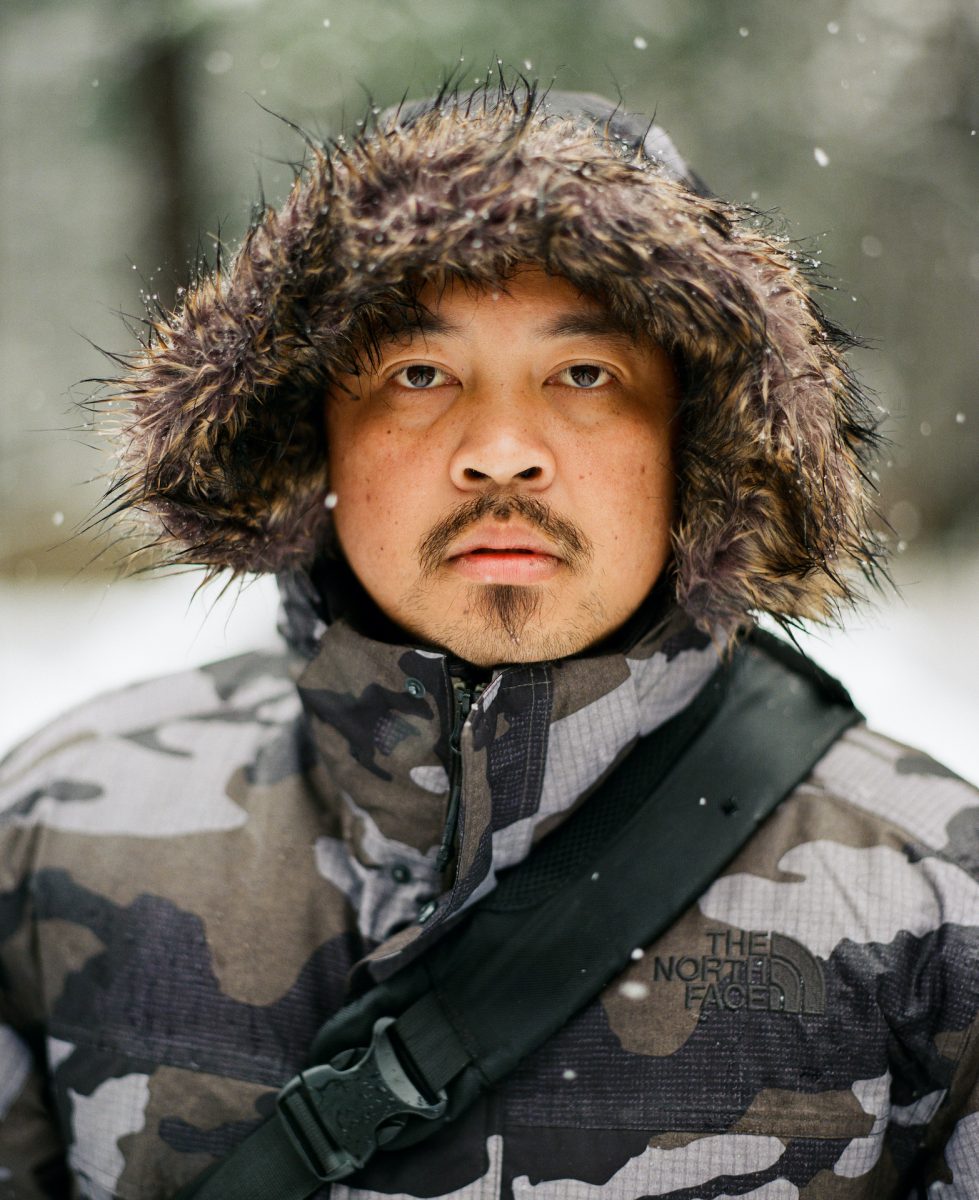
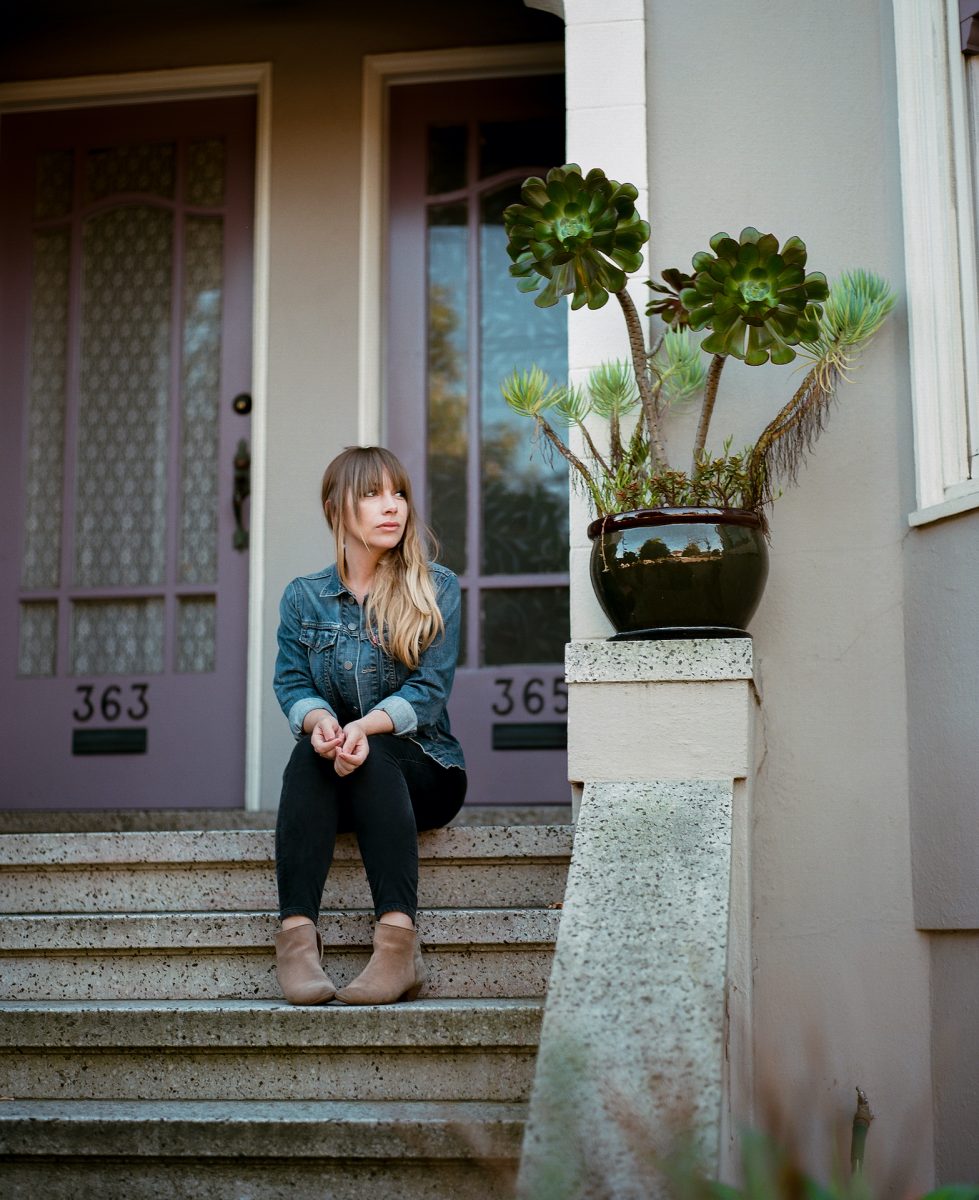
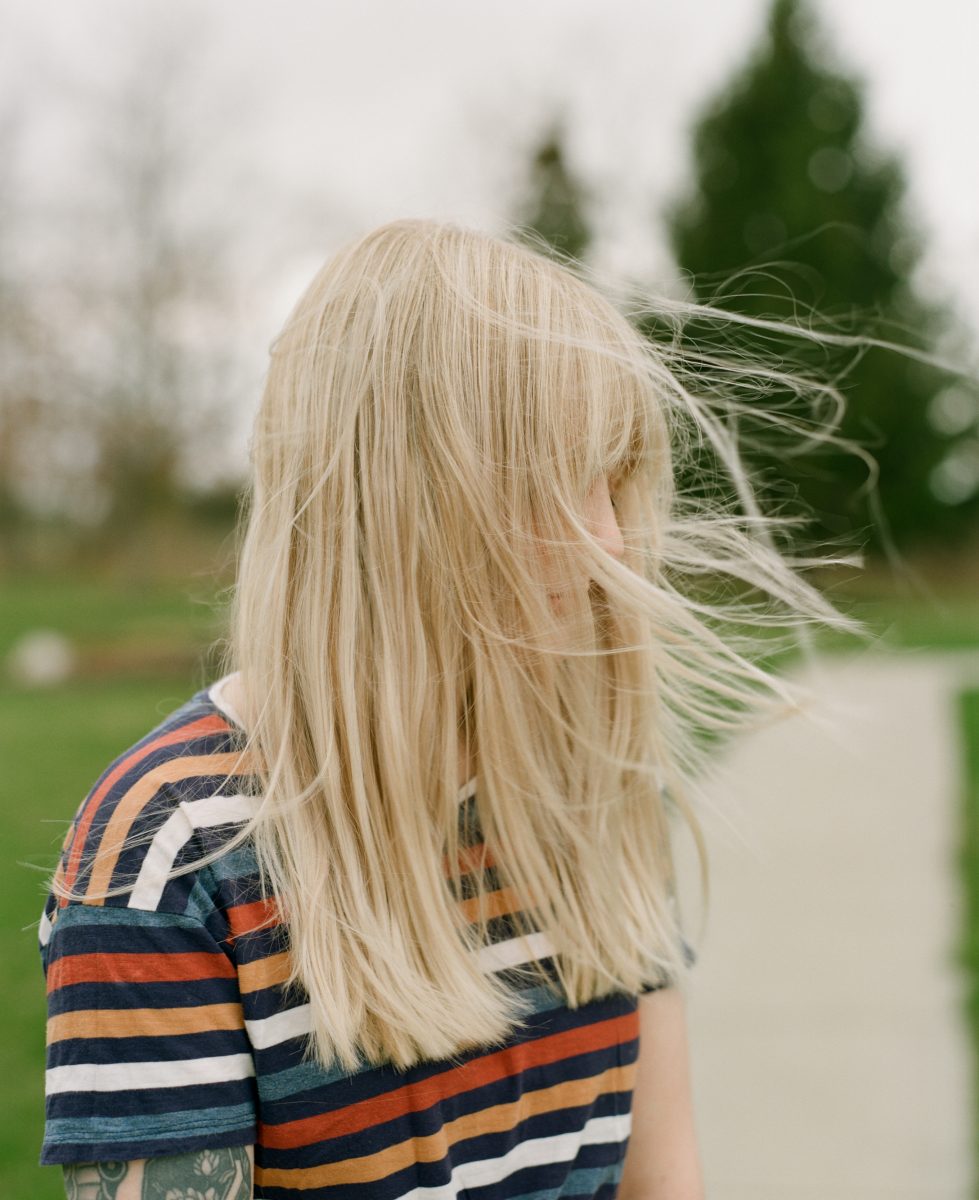
Best Panoramic Camera – Hasselblad XPAN
While the XPAN shoots 35mm film, it’s often considered a medium format camera due to its panoramic width of 65mm, offering image quality that rivals medium format. With auto-advance, auto-exposure, and a range of sharp lenses from 30mm to 90mm, it’s our top choice for panoramic photography.
Why We Love It: The XPAN captures stunning, cinematic panoramic shots, yet remains compact enough to carry anywhere. It produces 21 frames per roll, making it far more practical than 120 panoramic cameras, and can also be switched to standard 35mm format when desired.
Things to Consider: While the lenses are impressively sharp, they have a slower maximum aperture of f/4 or higher, so this camera isn’t ideal for low light. However, this isn’t a major drawback since the XPAN is most often used for landscapes and outdoor scenes.
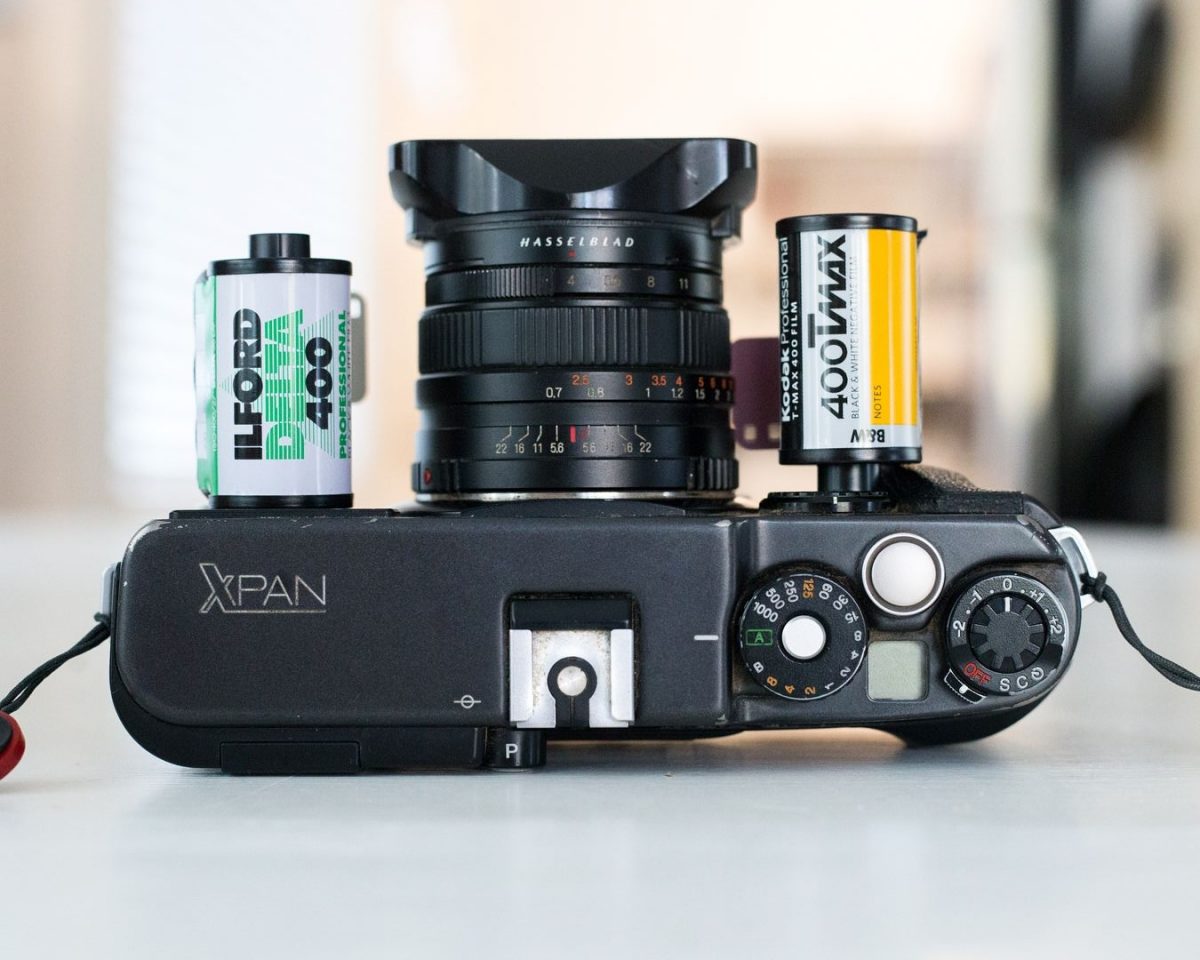
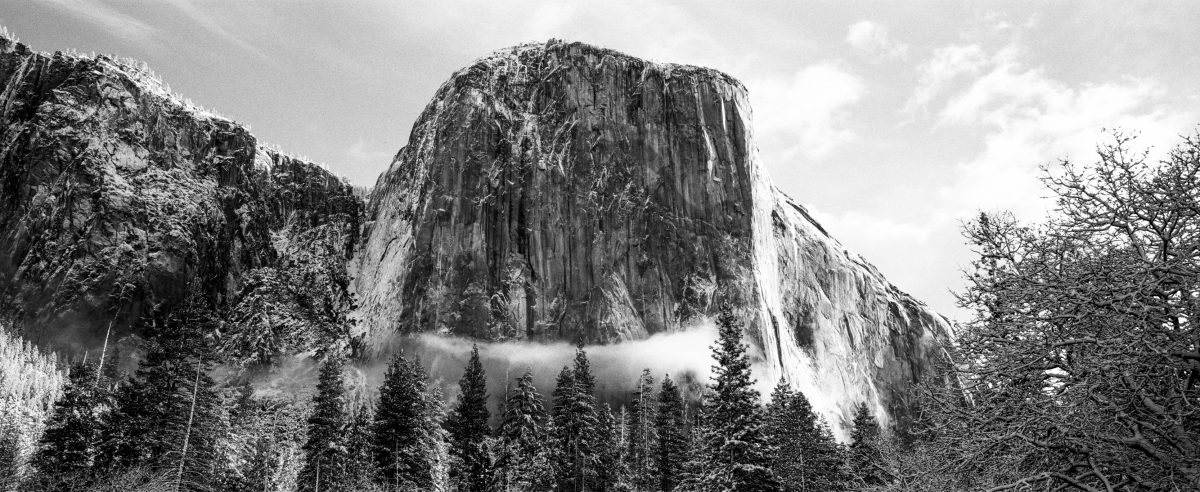
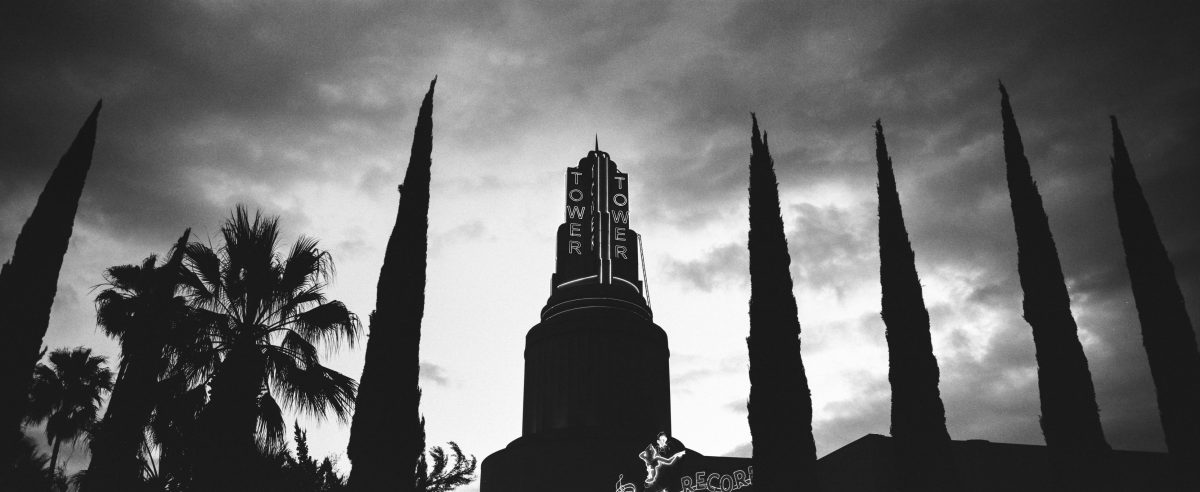
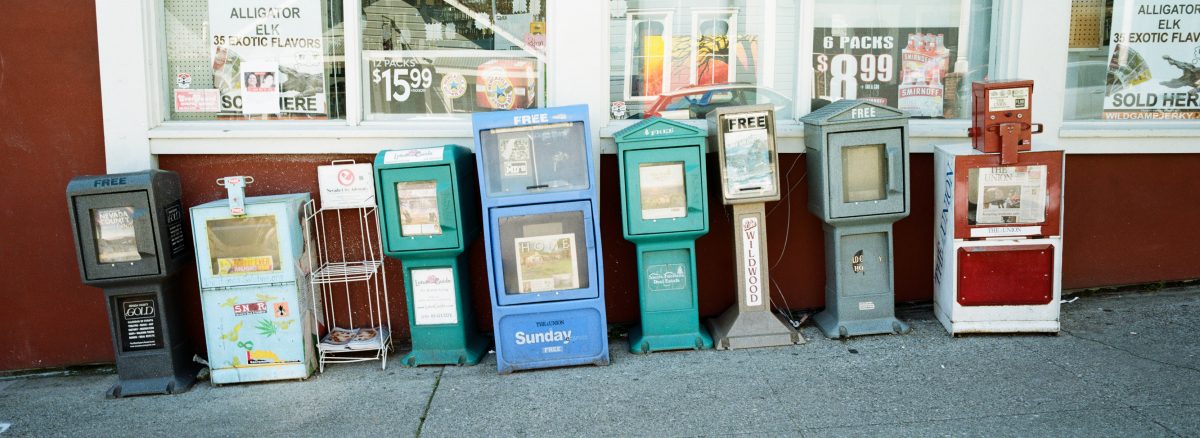
The Darkroom’s Commitment to Medium Format Film
At The Darkroom, we’re more than just developers—we’re medium format enthusiasts. Every camera on this list has been tested by our team, and our lab is fully equipped to handle 120 film with the utmost precision. Using the traditional dip & dunk method for development, we ensure your film is treated with care. With three scanning options, your images are uploaded directly to your Darkroom account, where you can edit, download, archive, and even order prints from our wide selection. Whether through our mobile app or website, ordering processing and prints is easy and convenient, allowing you to experience the best of medium format.
Try Medium Format Today!
If you’re looking to achieve better image quality than 35mm, give 120 film a try! The larger format brings exceptional detail, dynamic range, and depth to your images. Curious about what 120 film can do for your work? Send your rolls to The Darkroom, where we’ll handle every step with care. From dip & dunk processing to stunning, high-quality scans, we ensure your medium format negatives look their absolute best.



 My Account
My Account

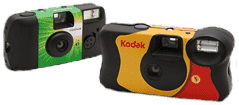
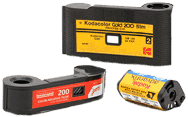
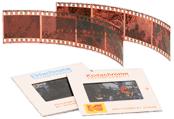
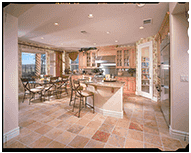


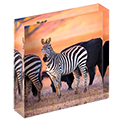
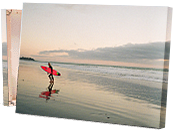
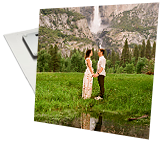
 Gift Cards
Gift Cards Film Index
Film Index FAQ
FAQ Desktop Framed Prints
Desktop Framed Prints
